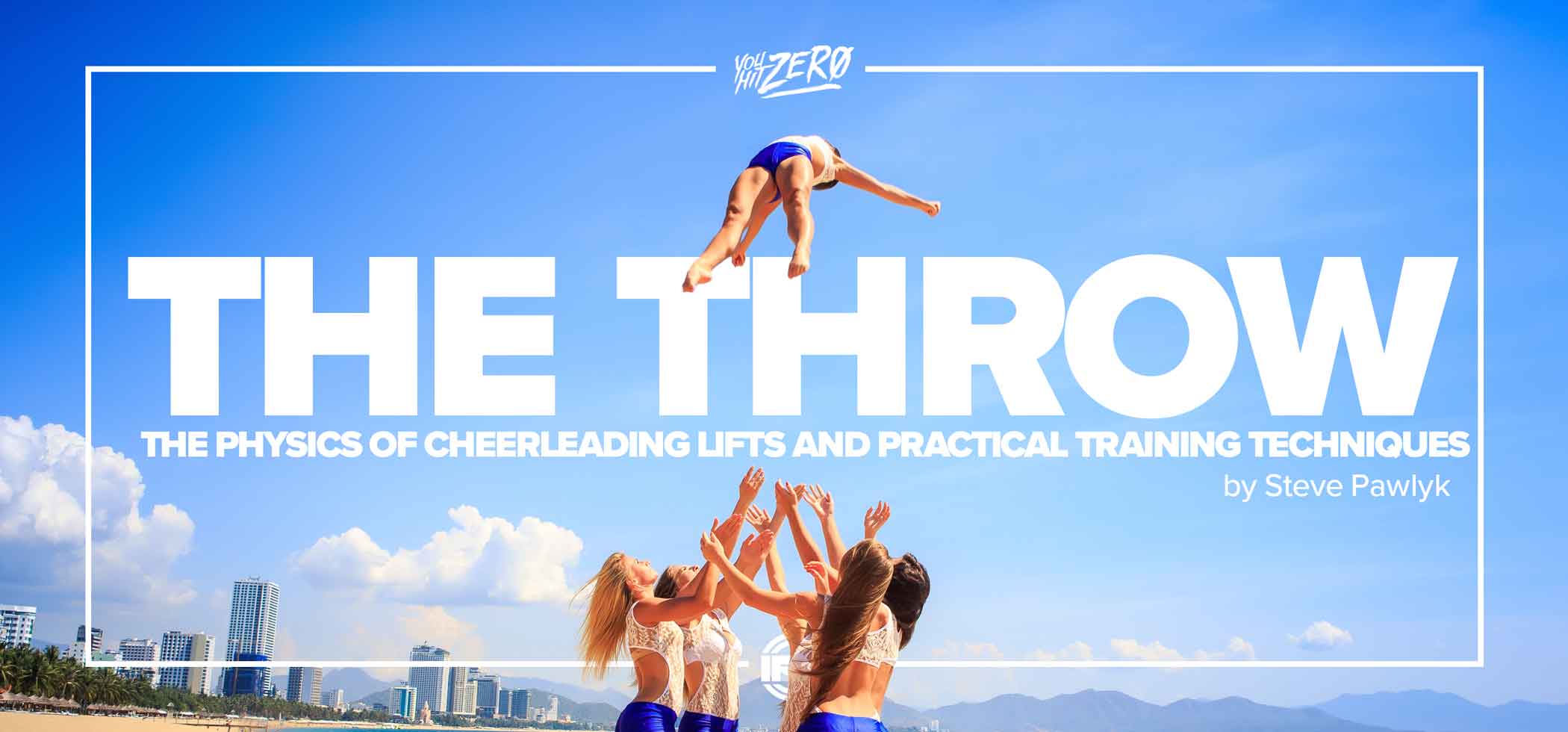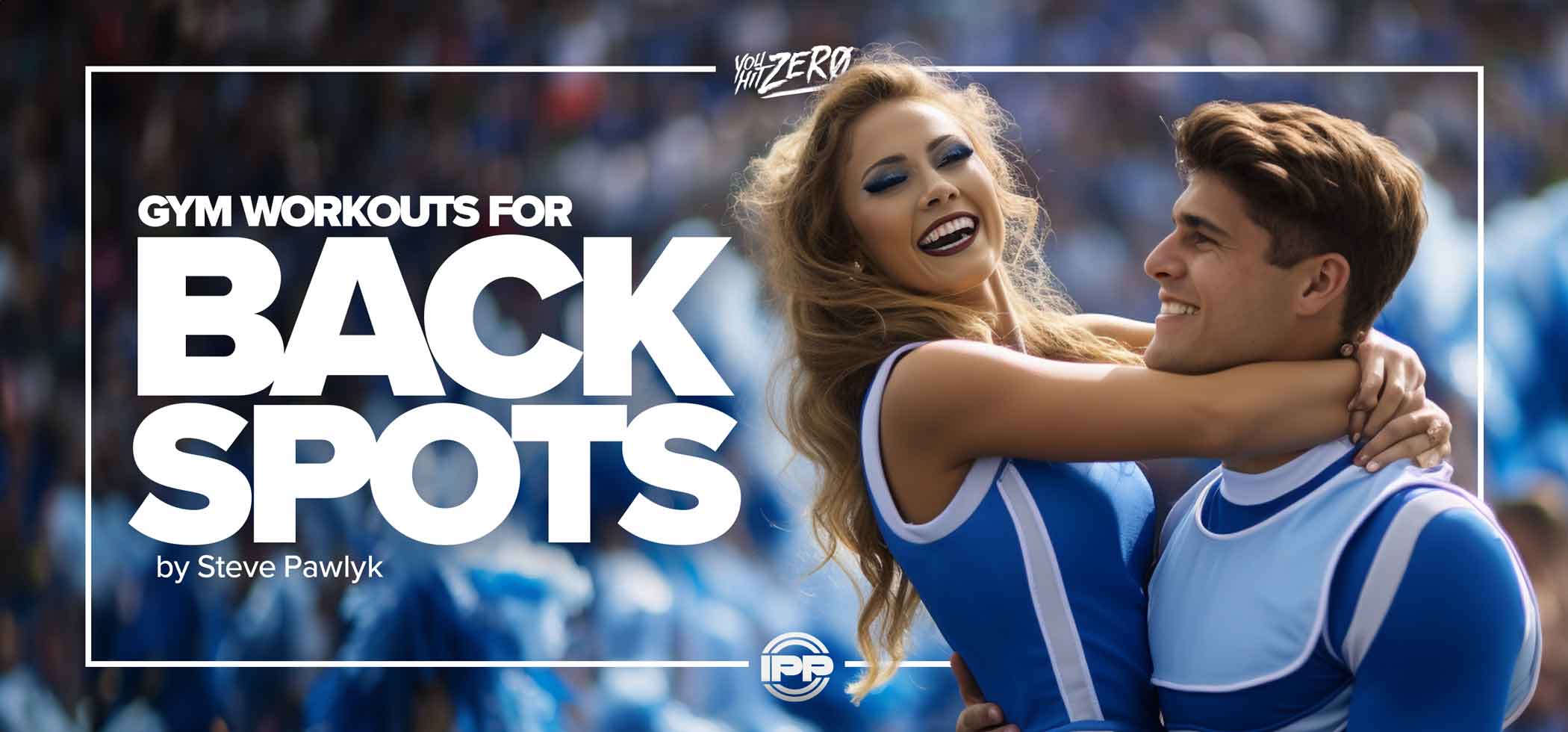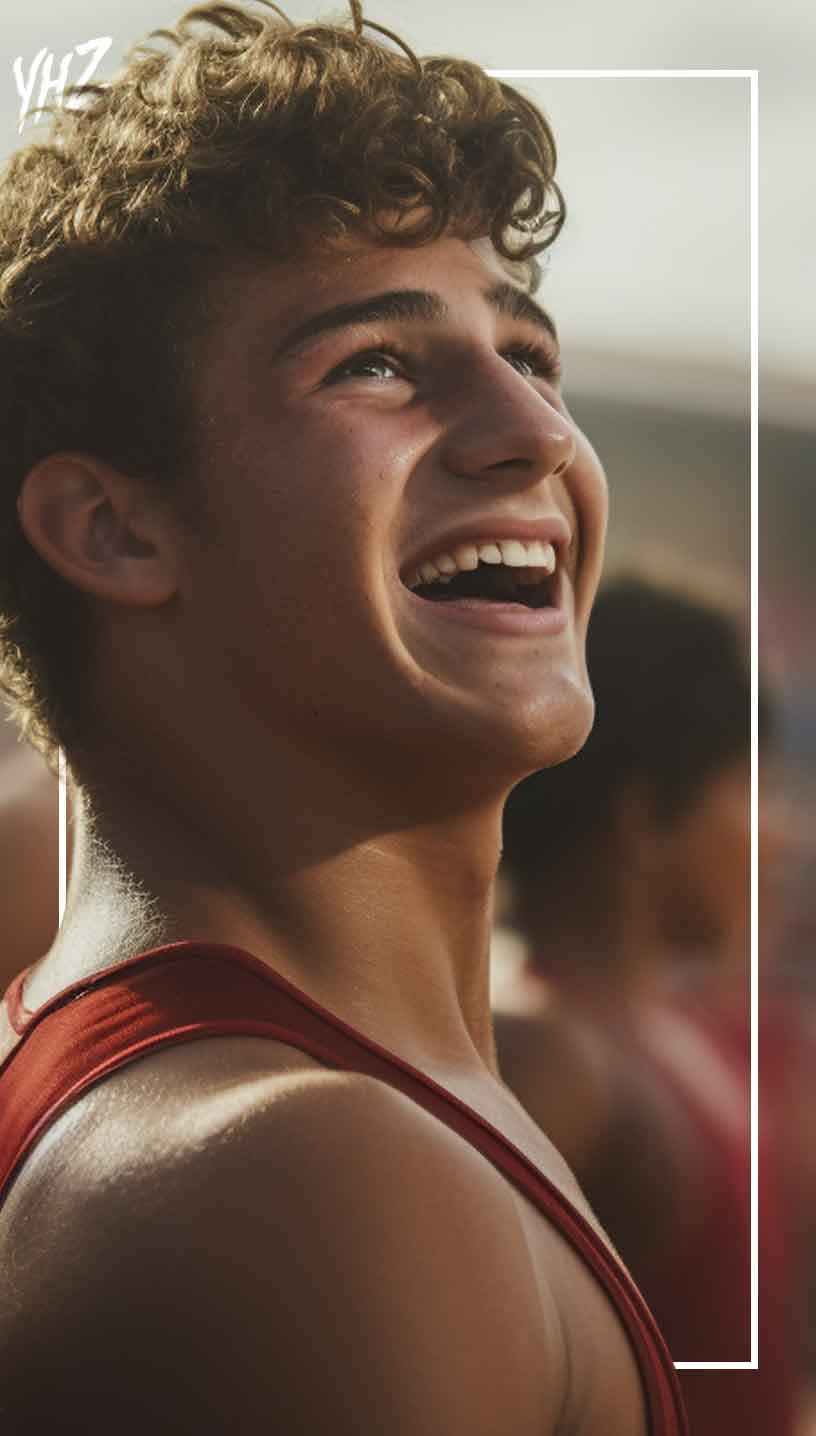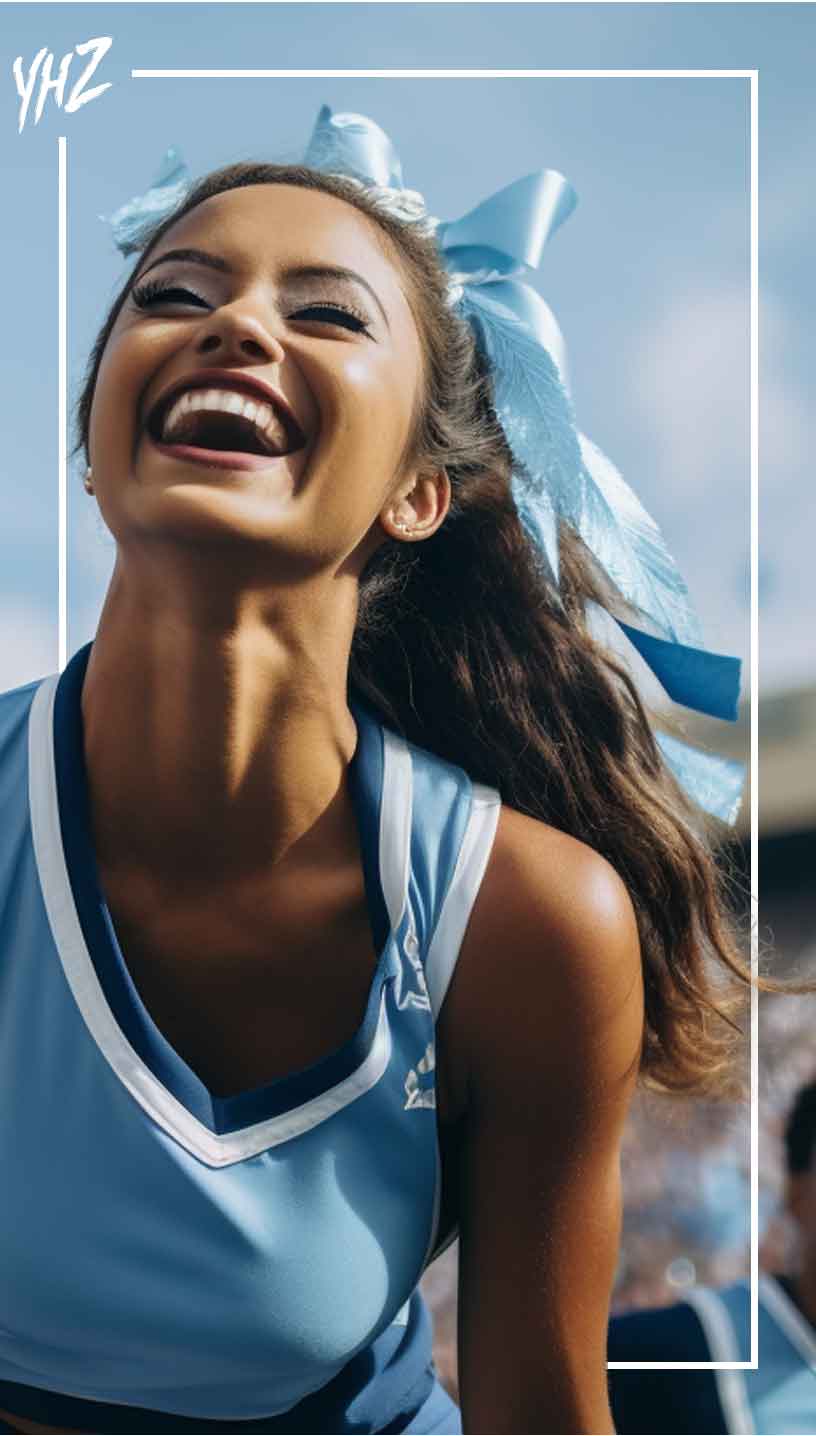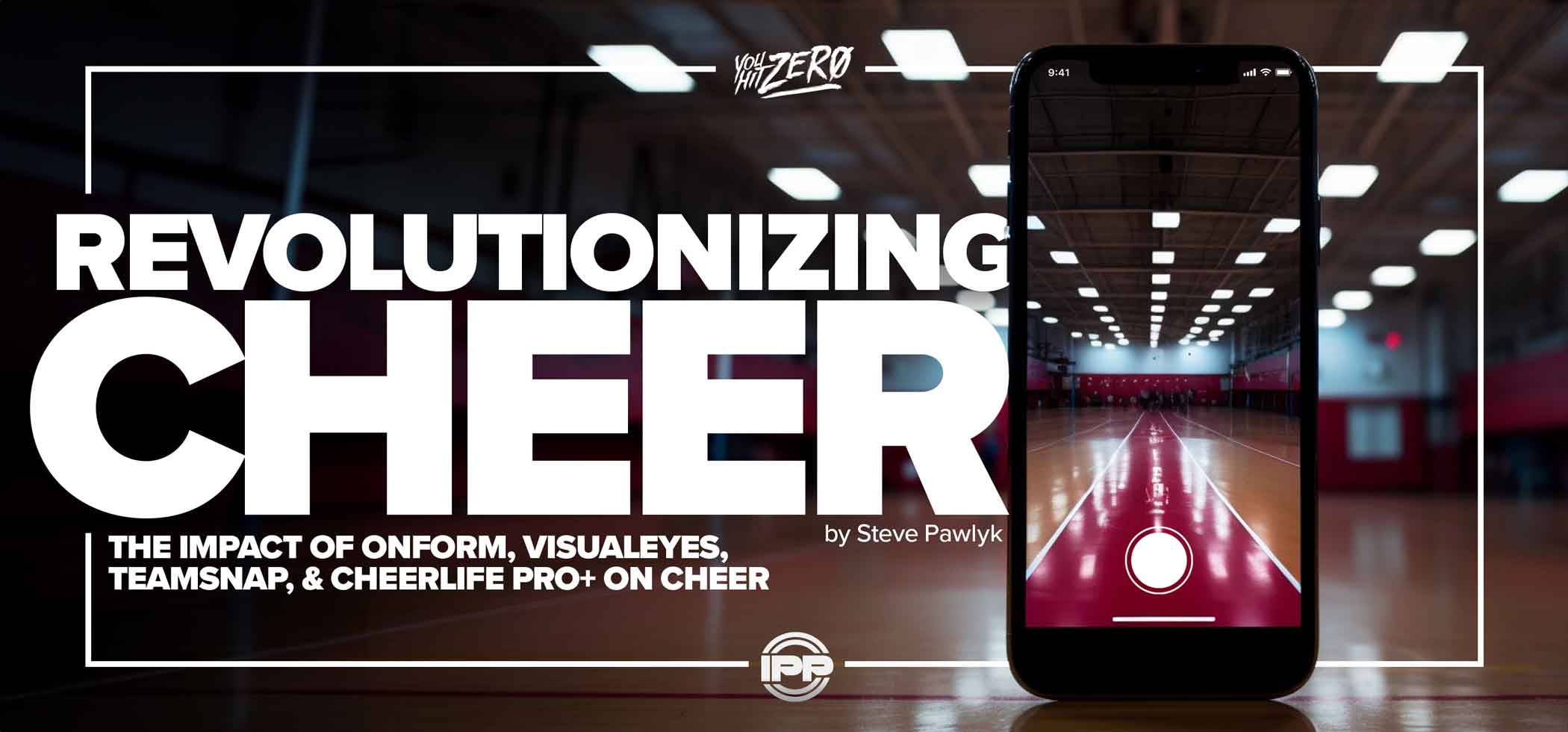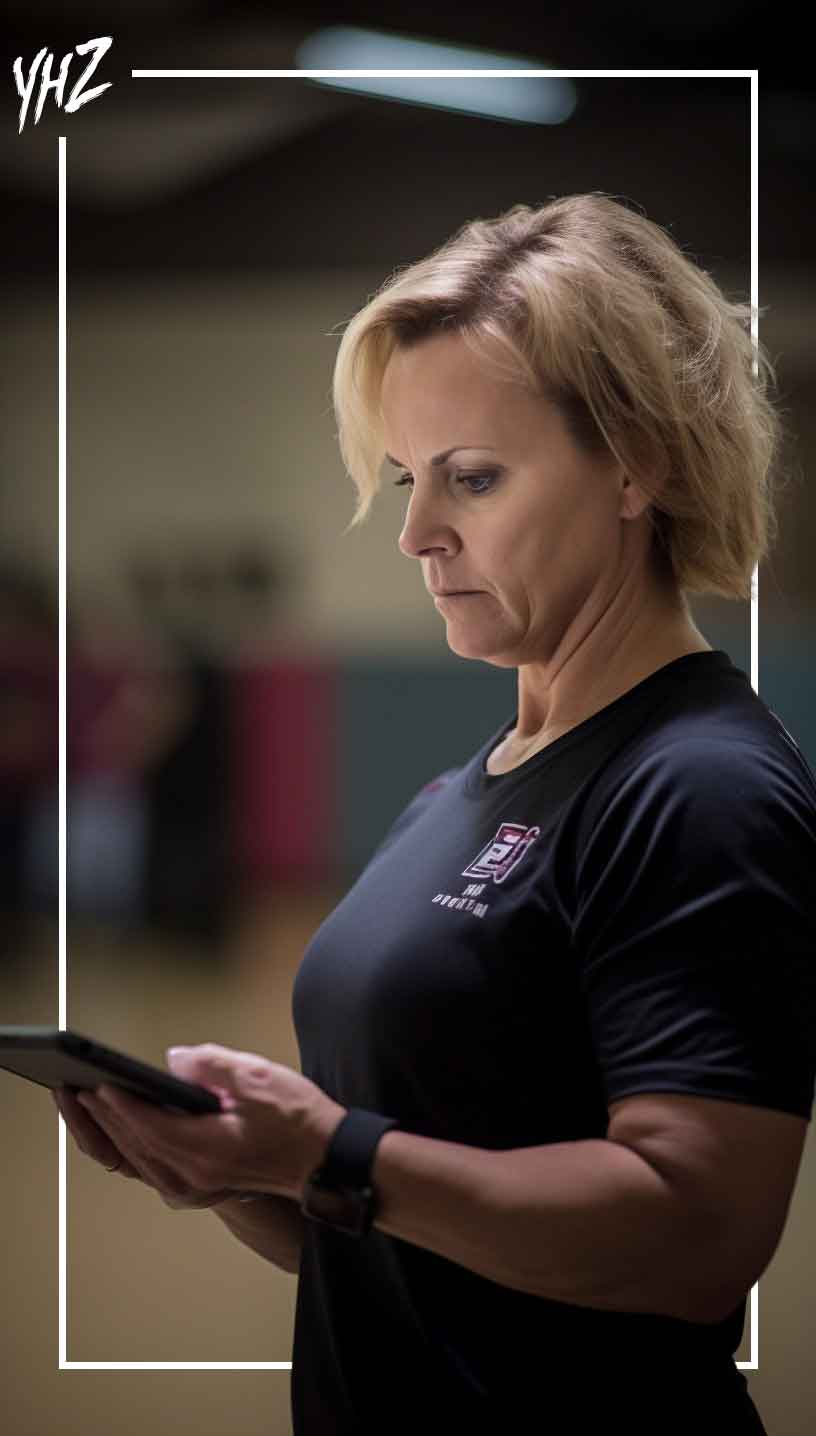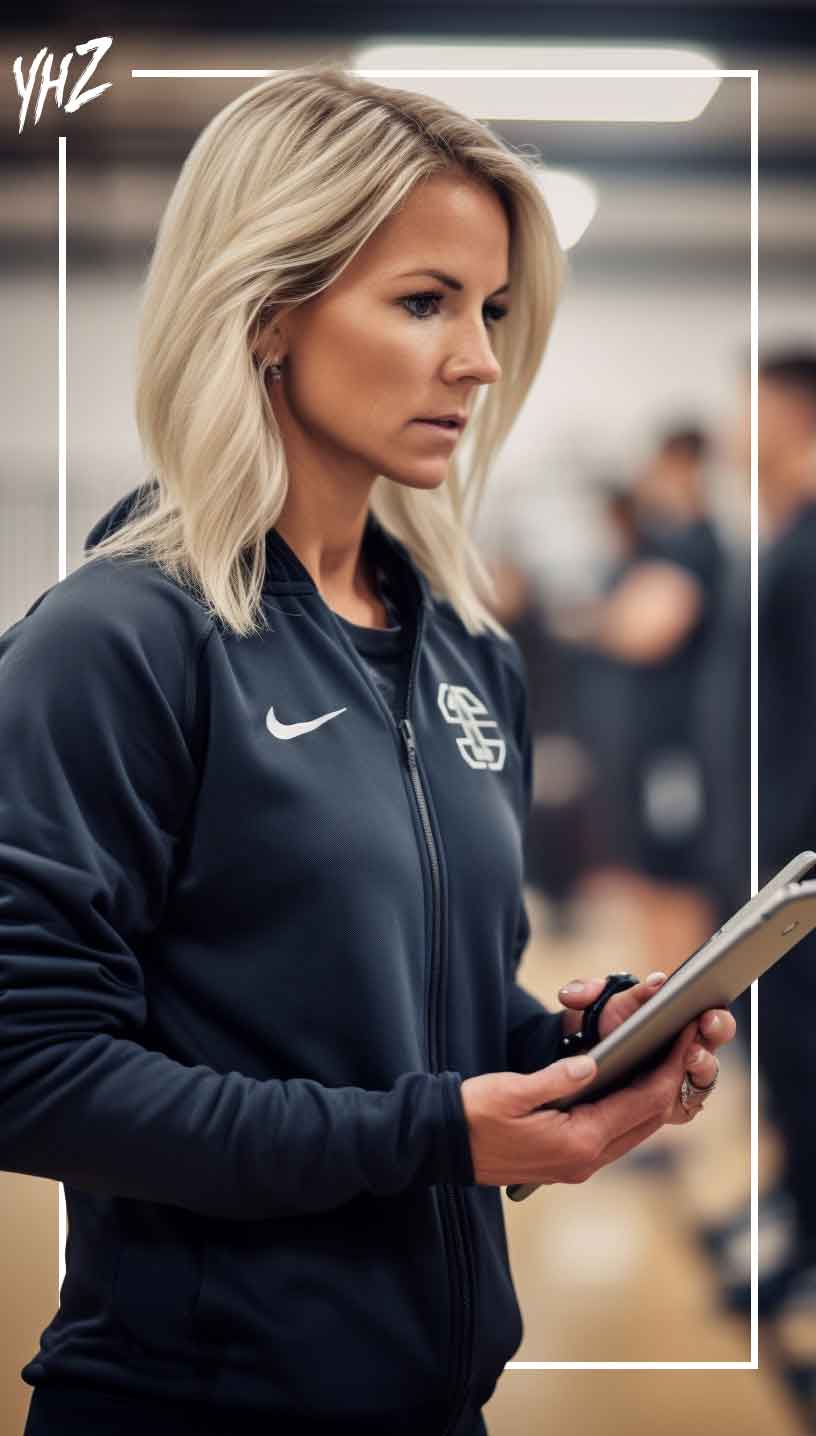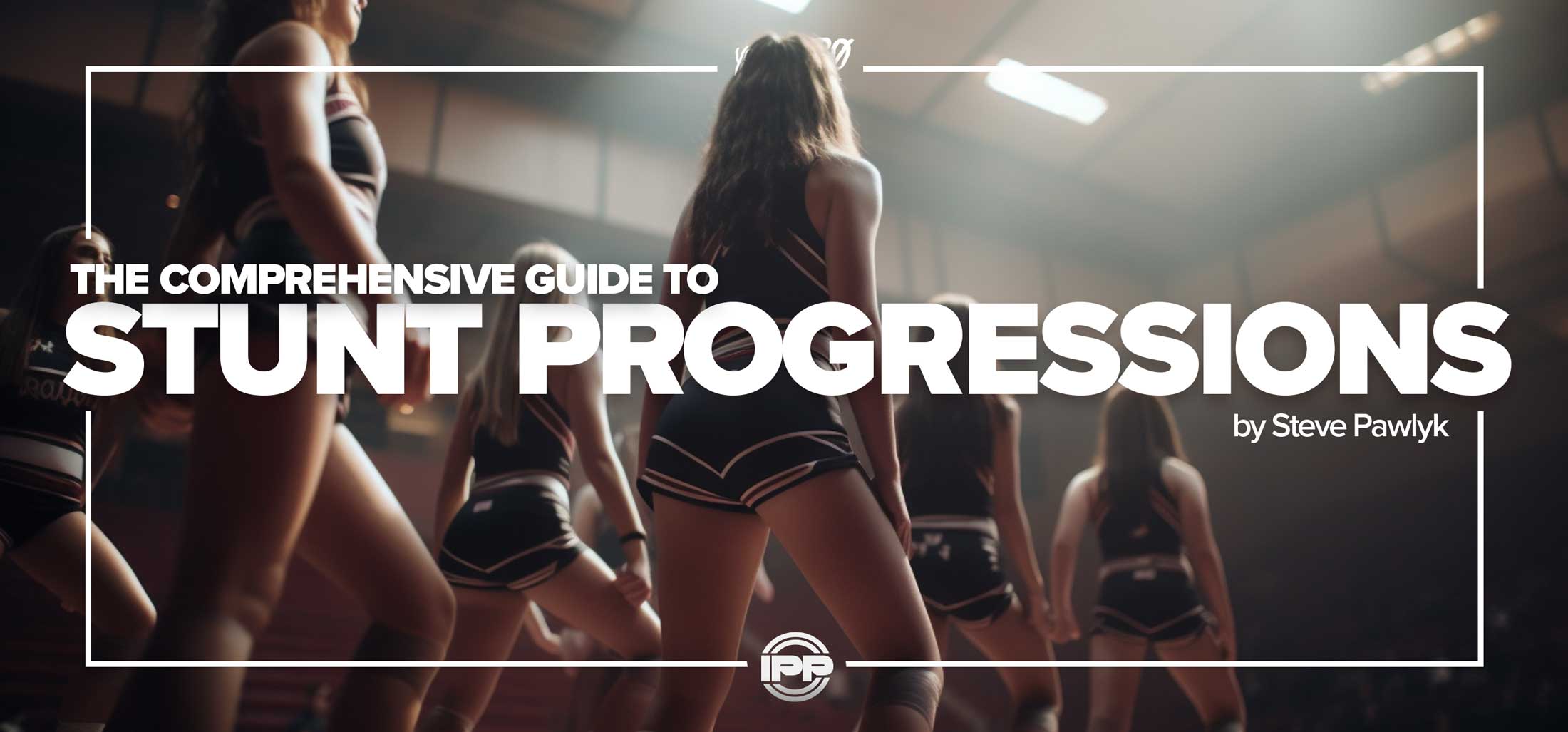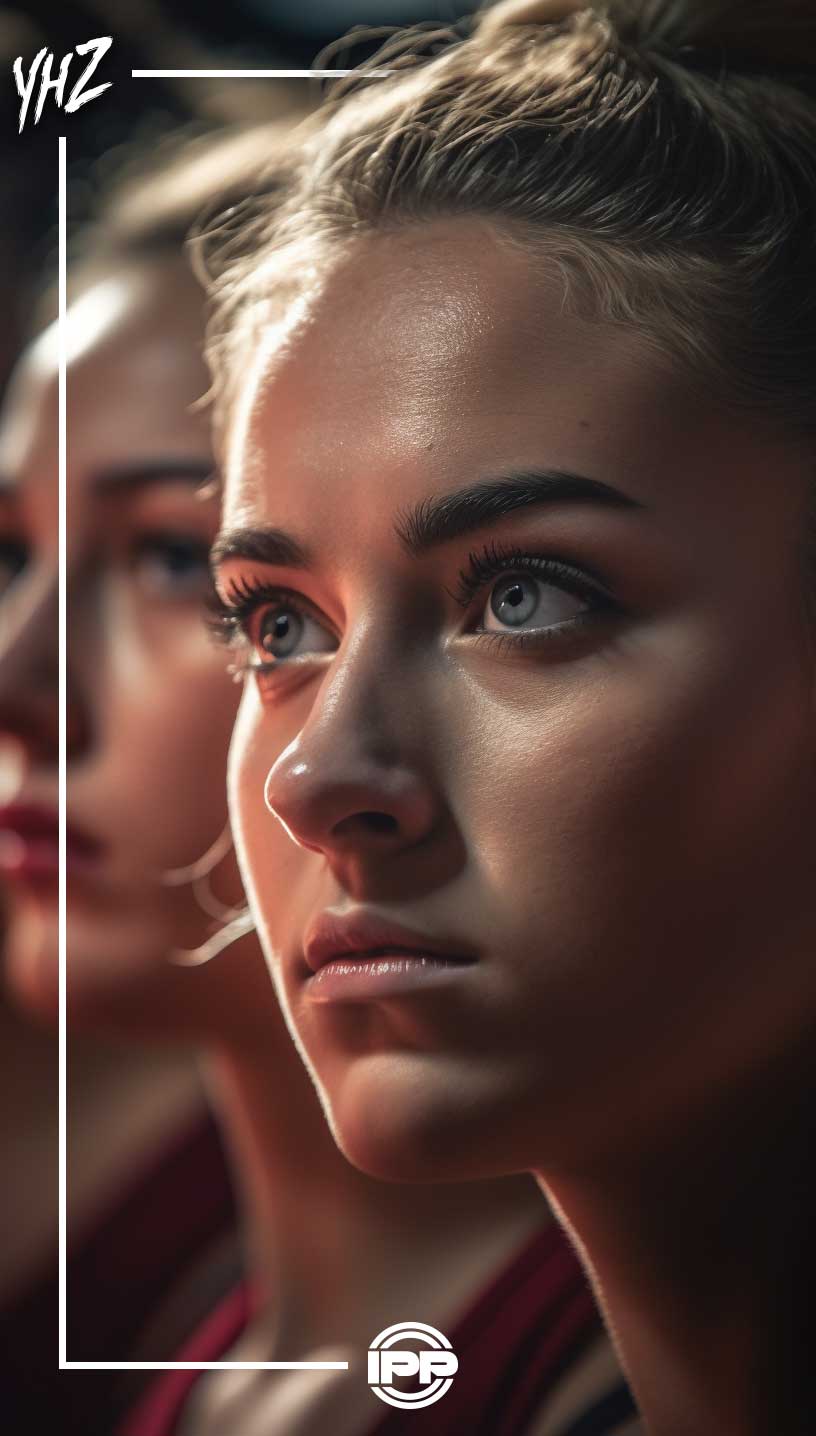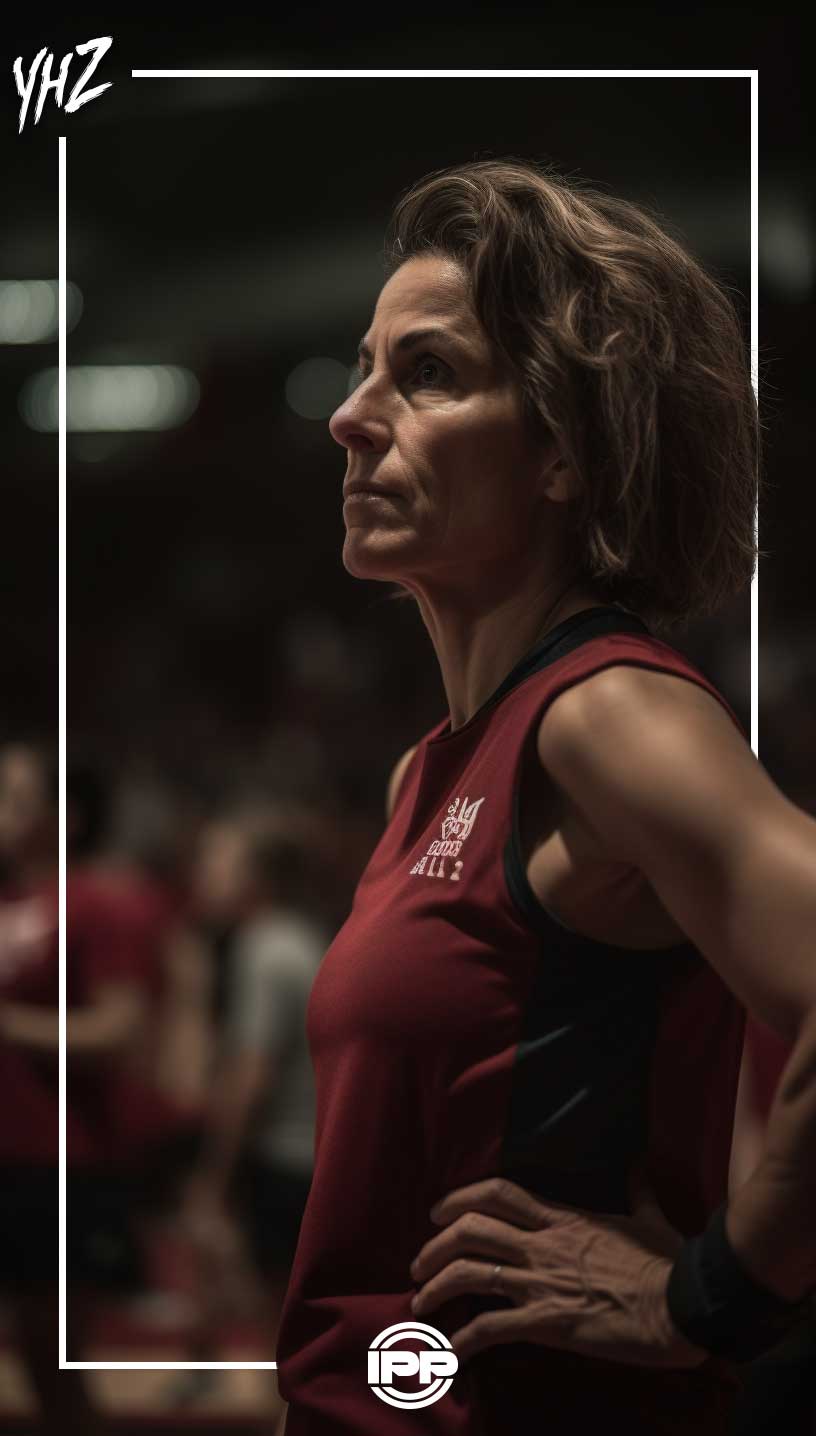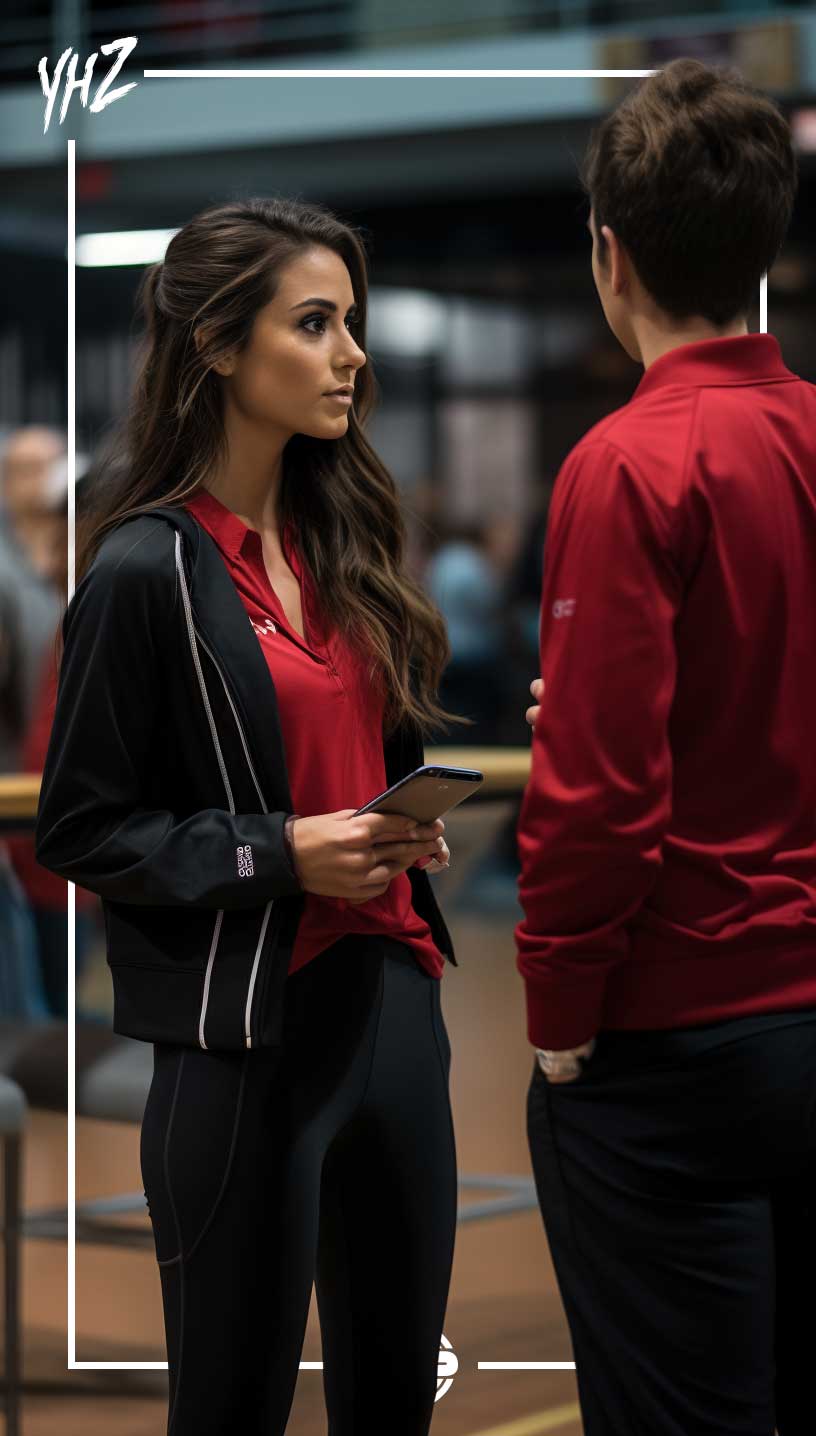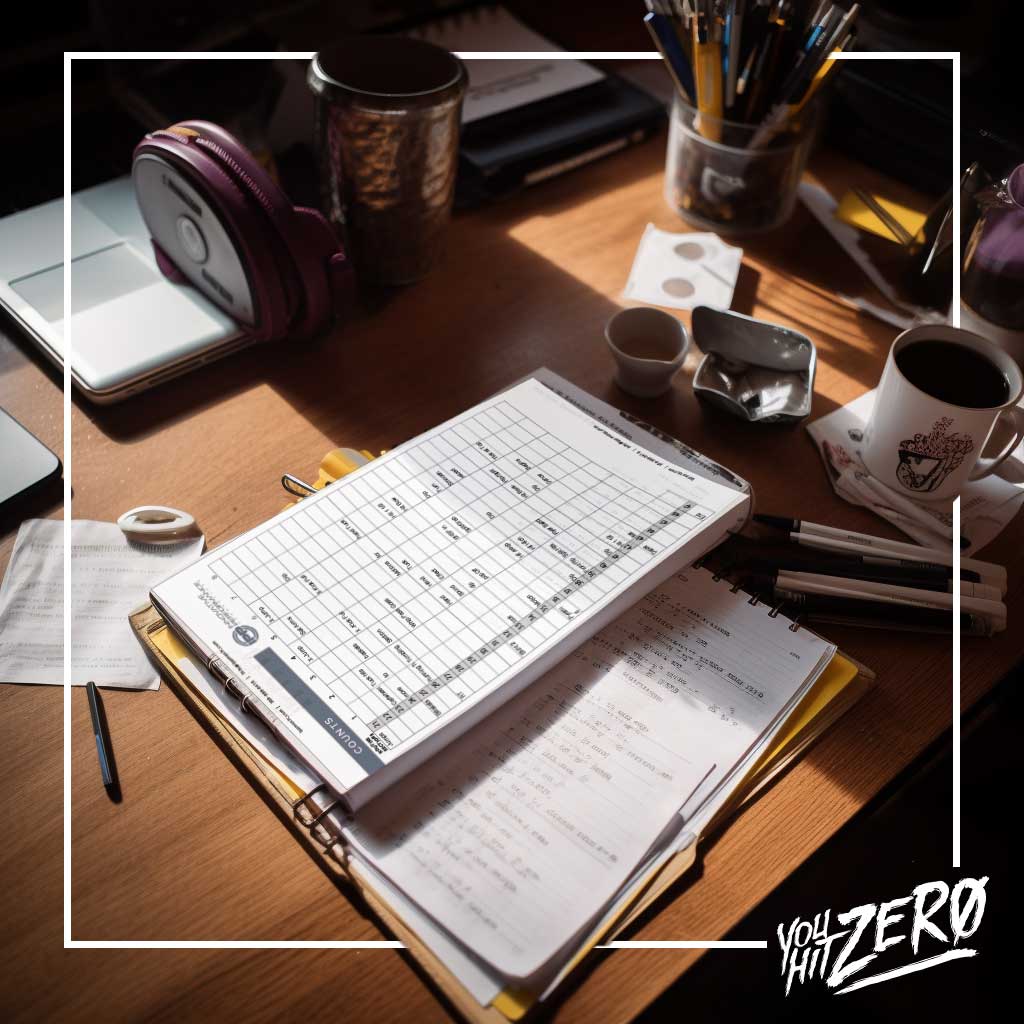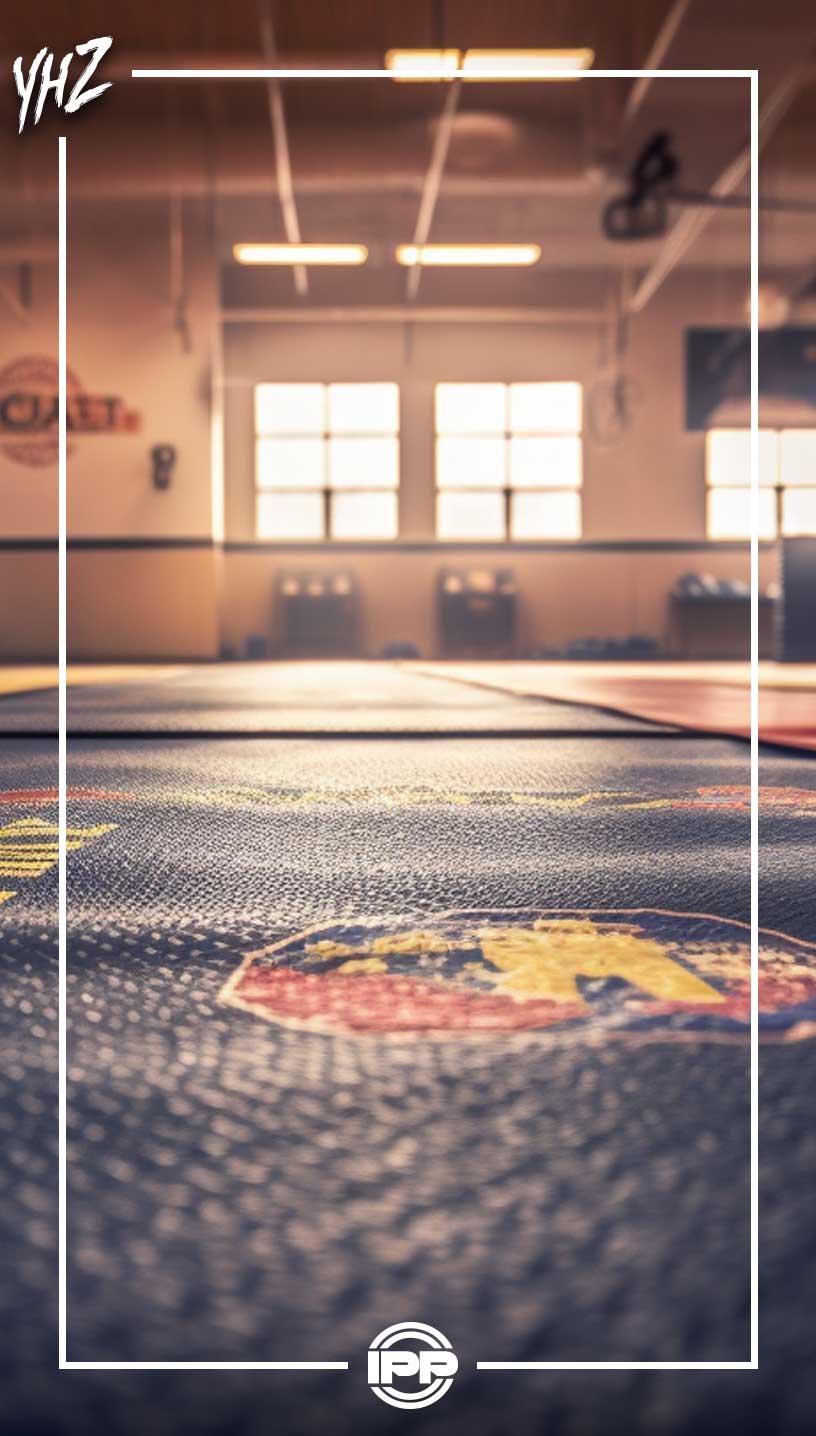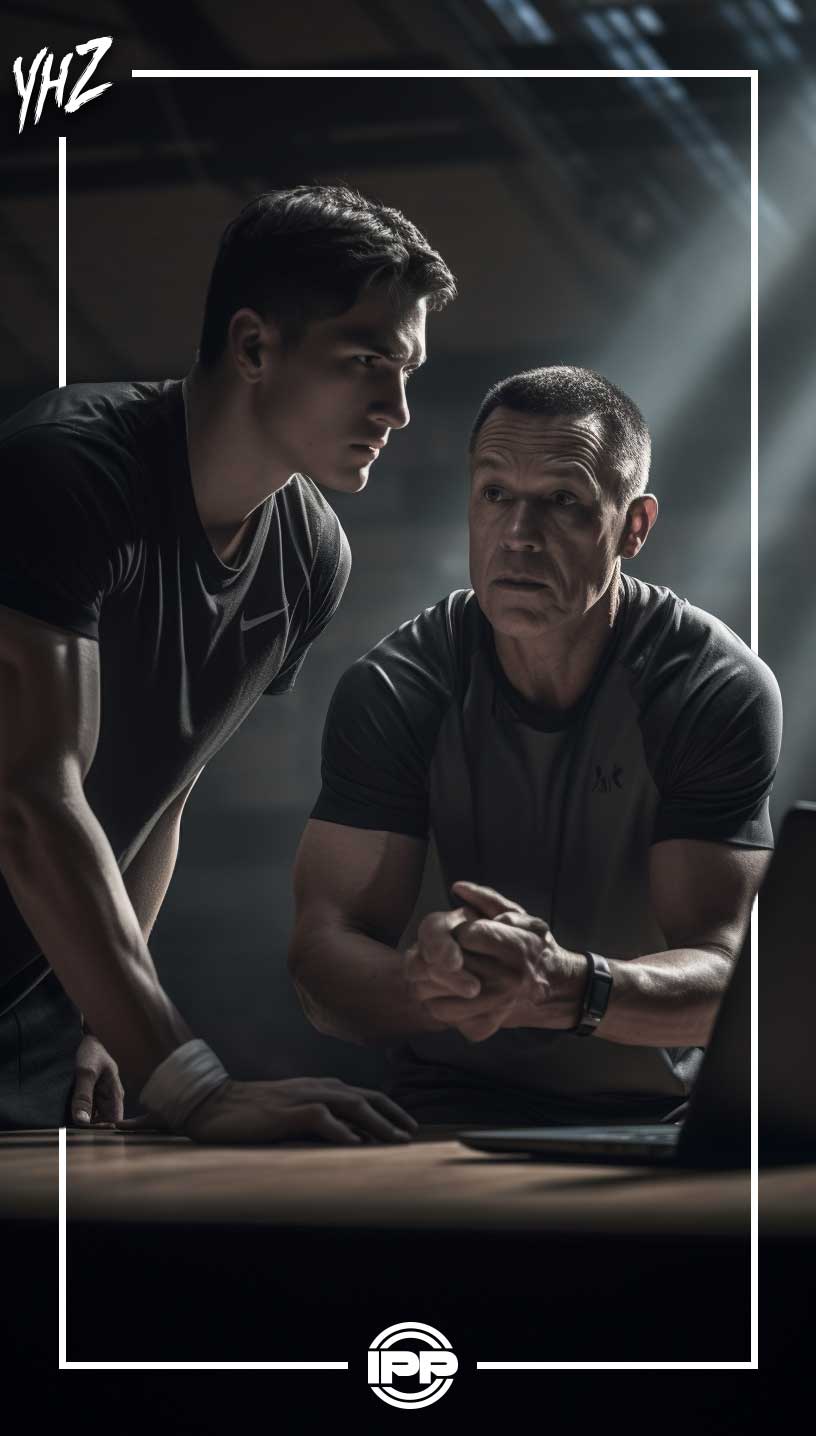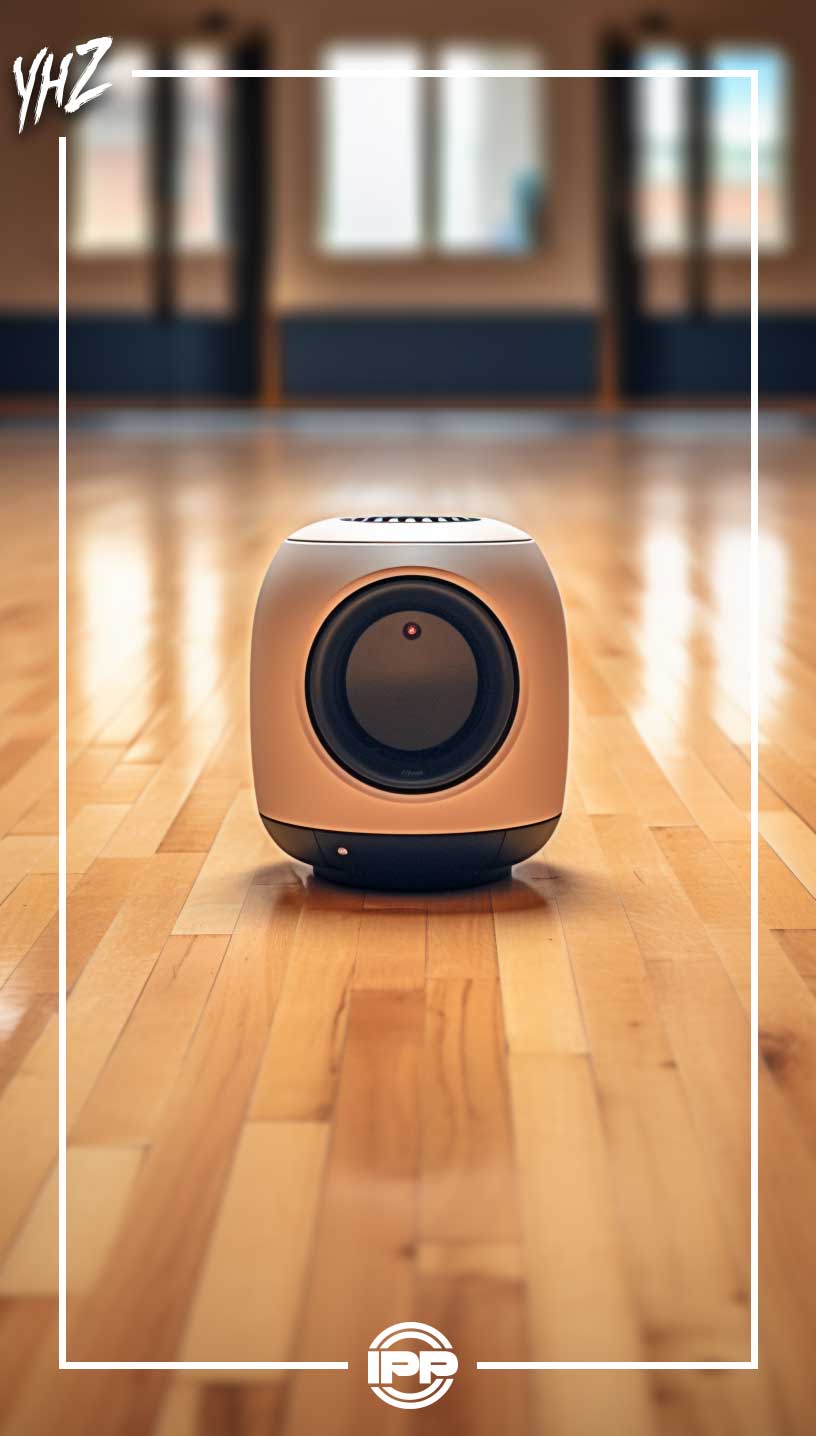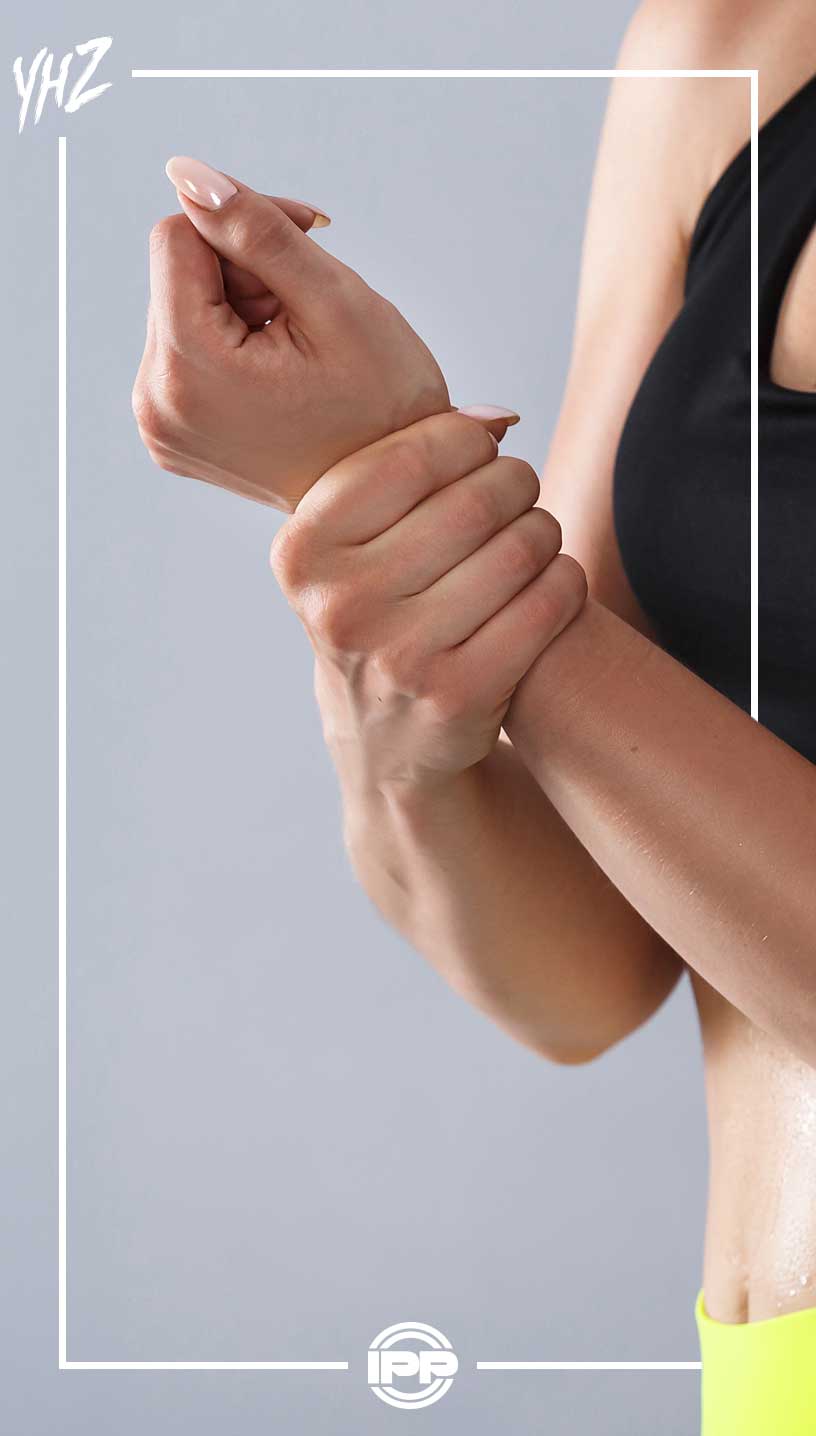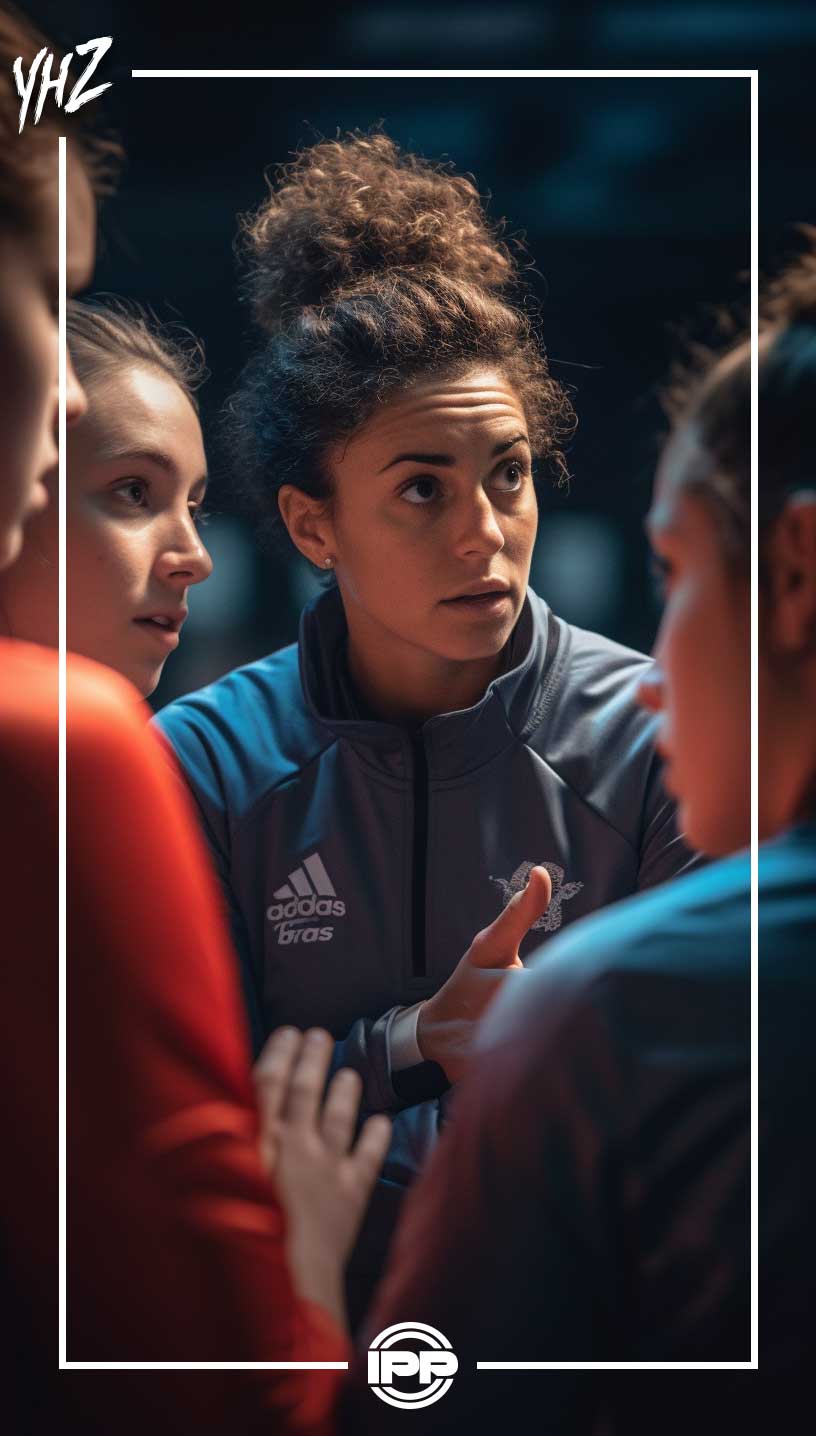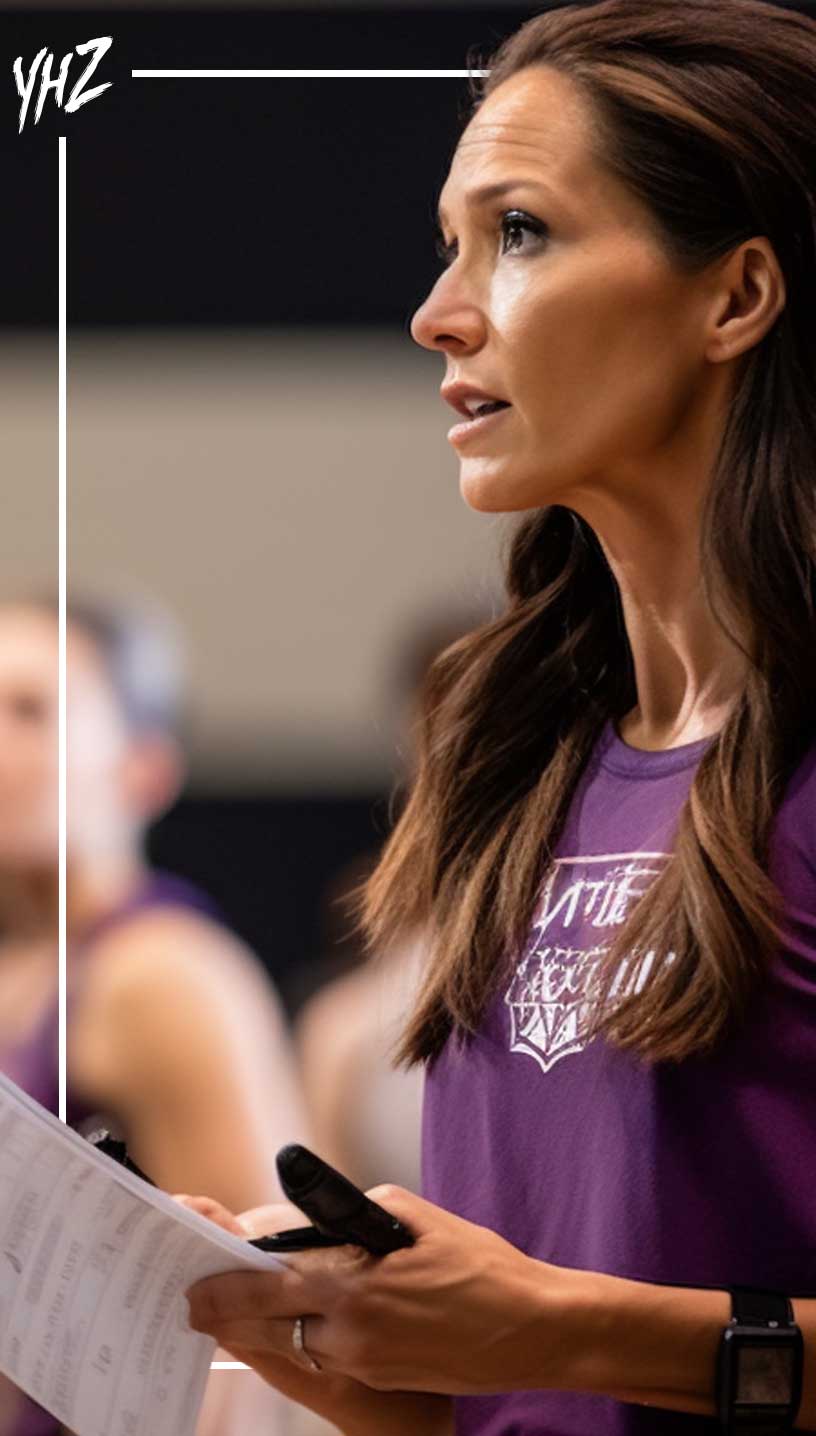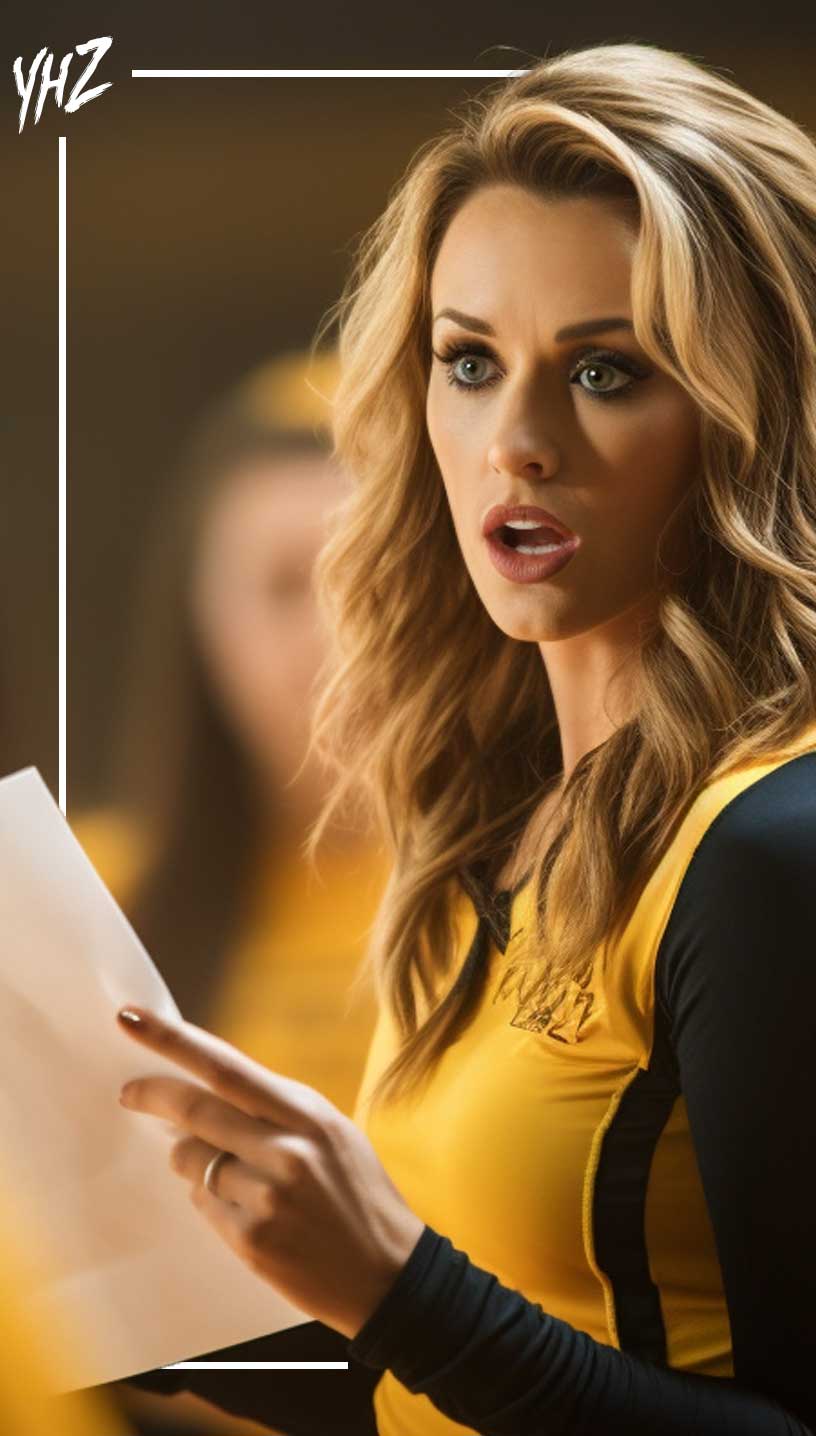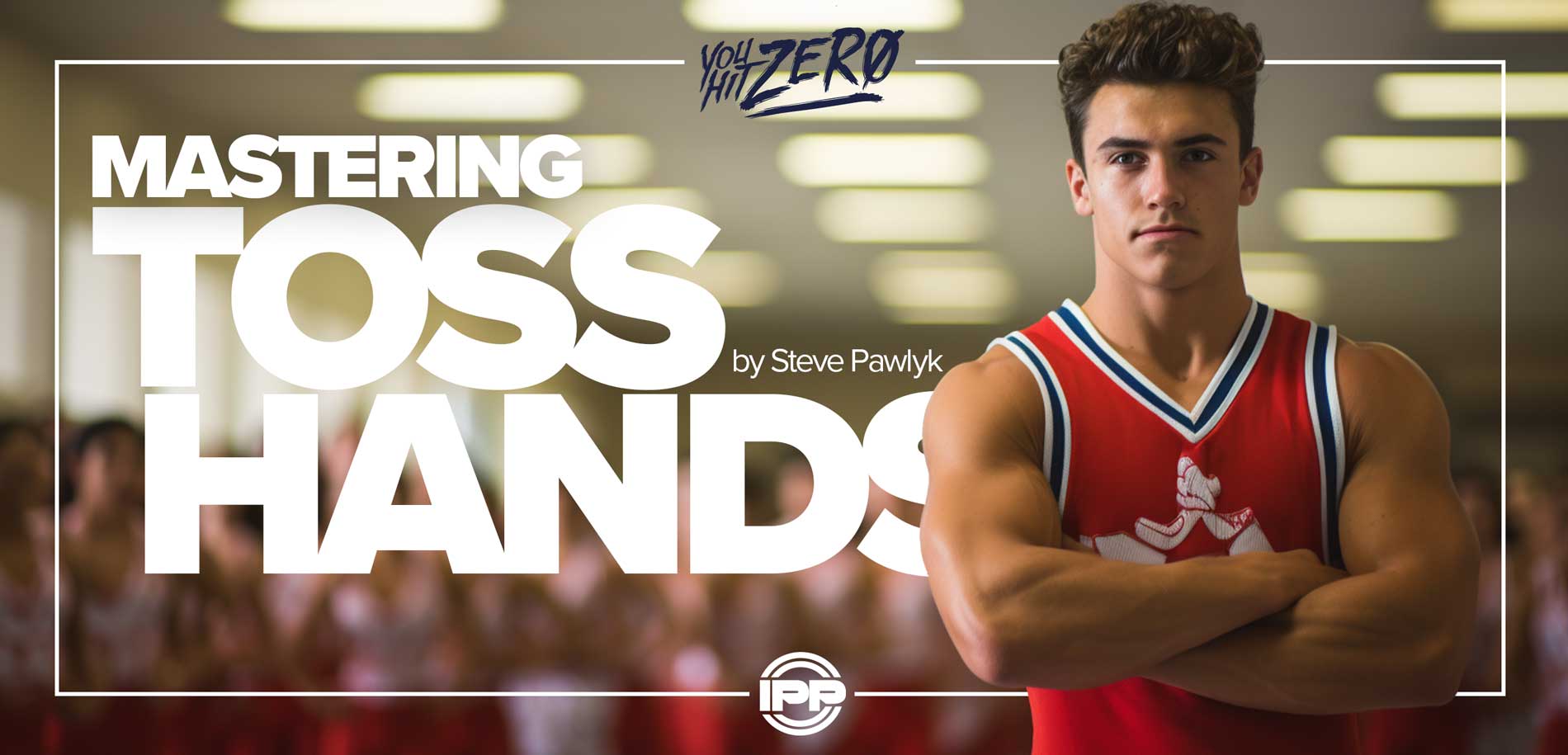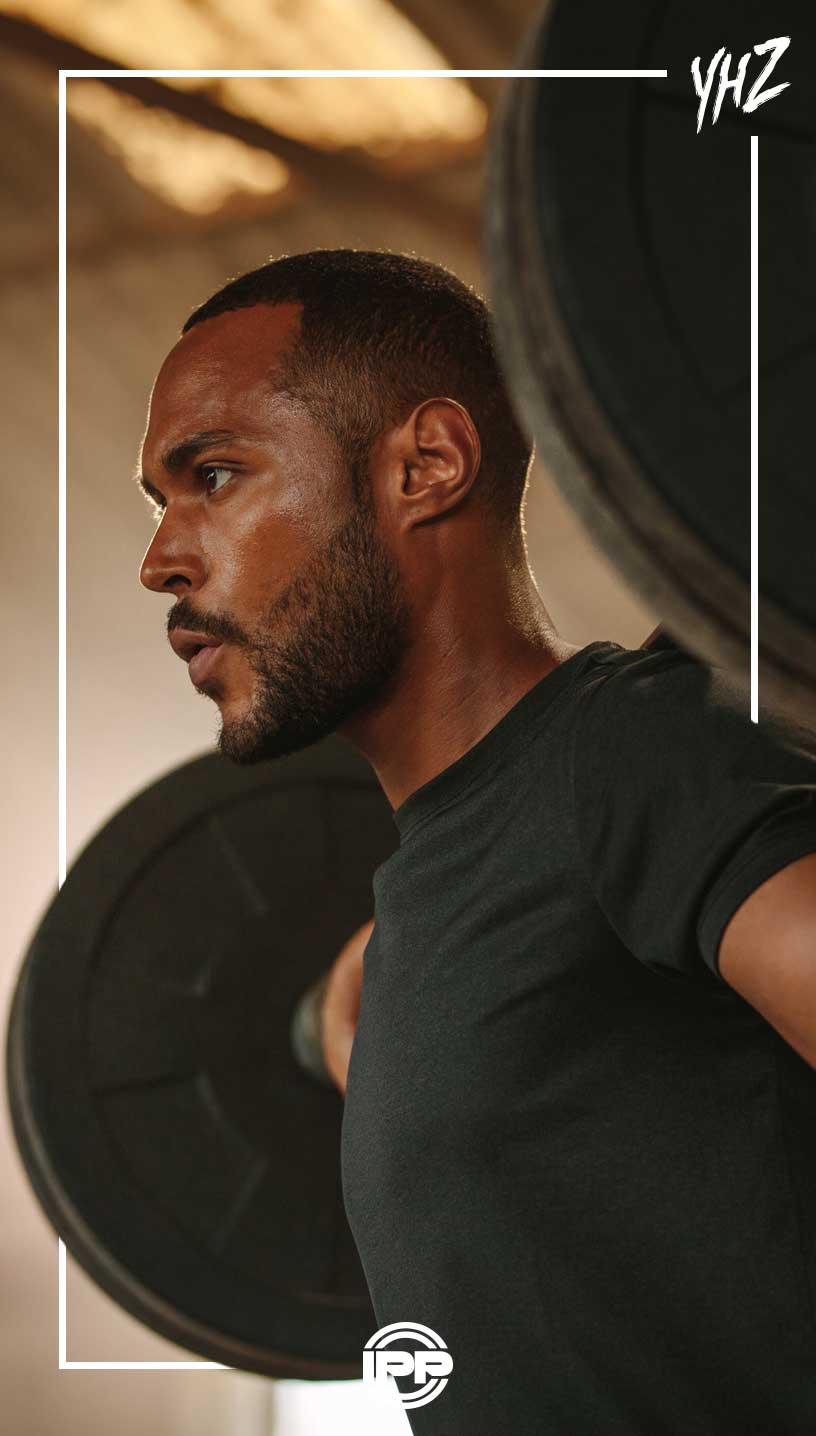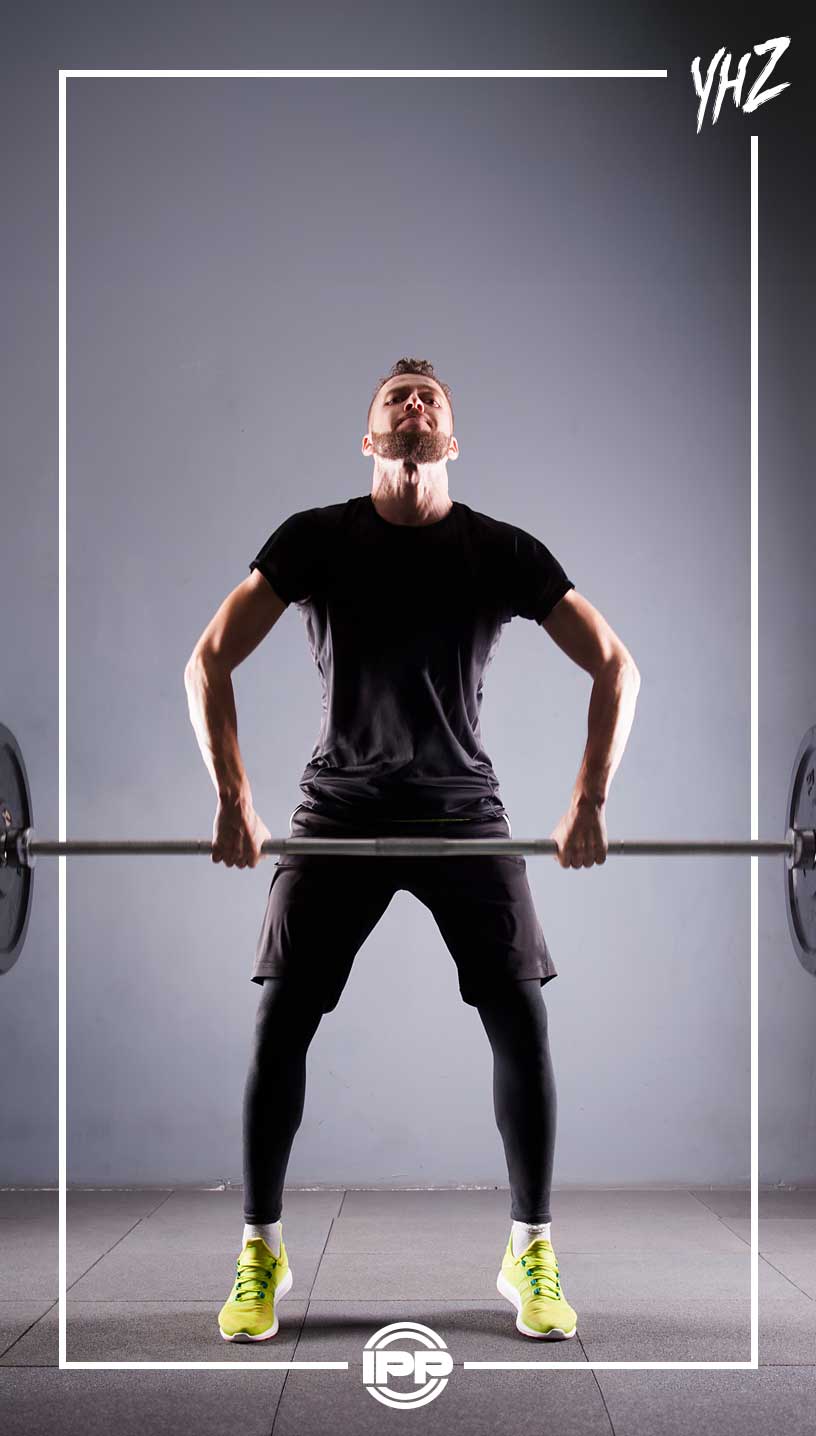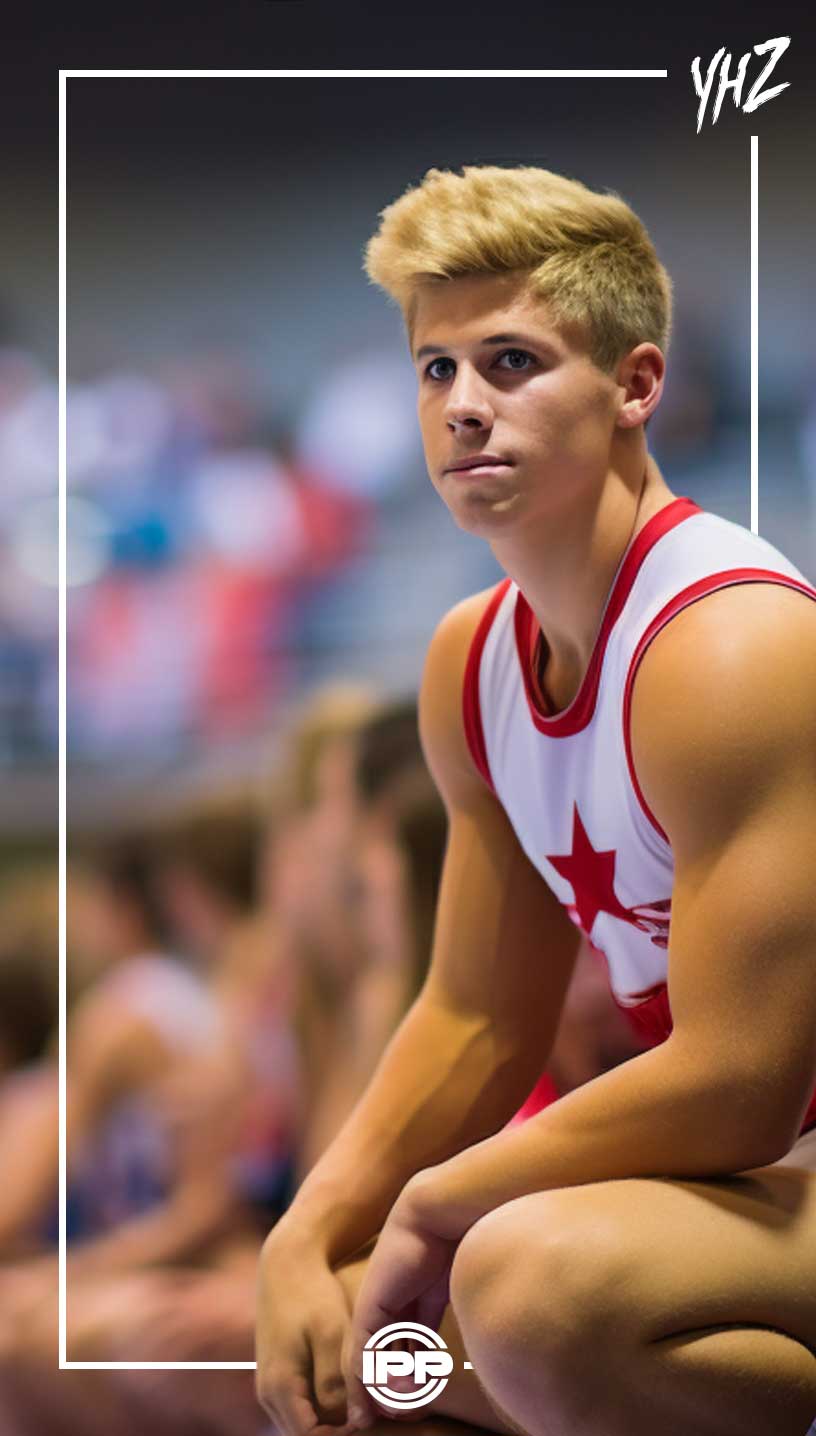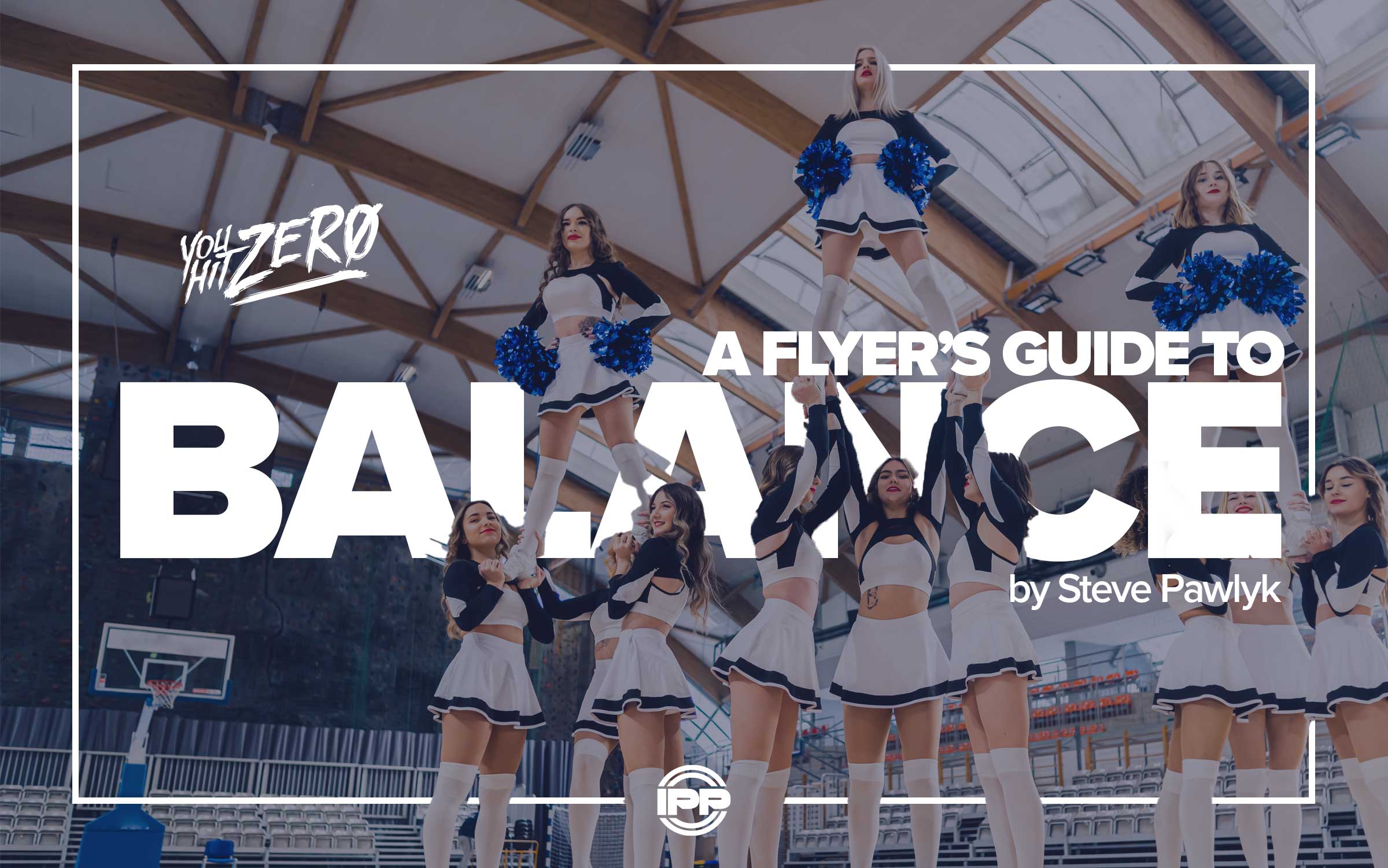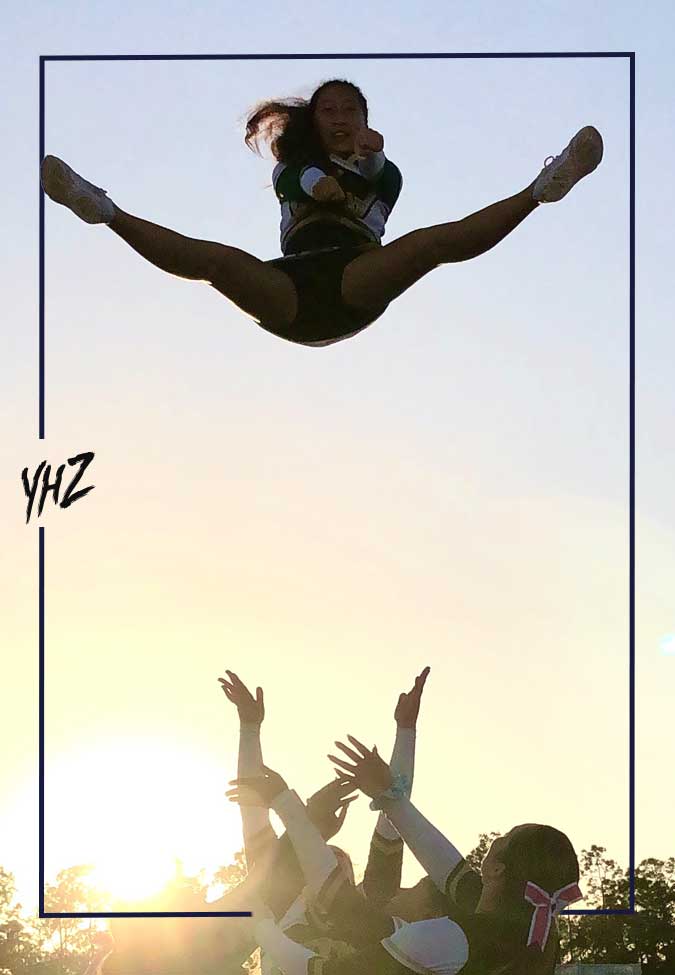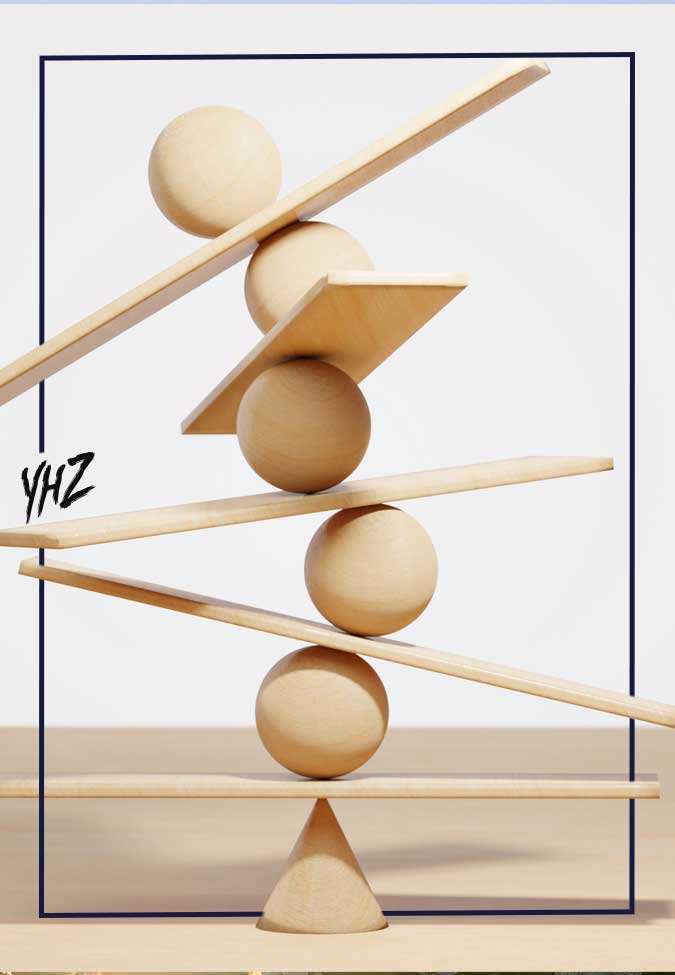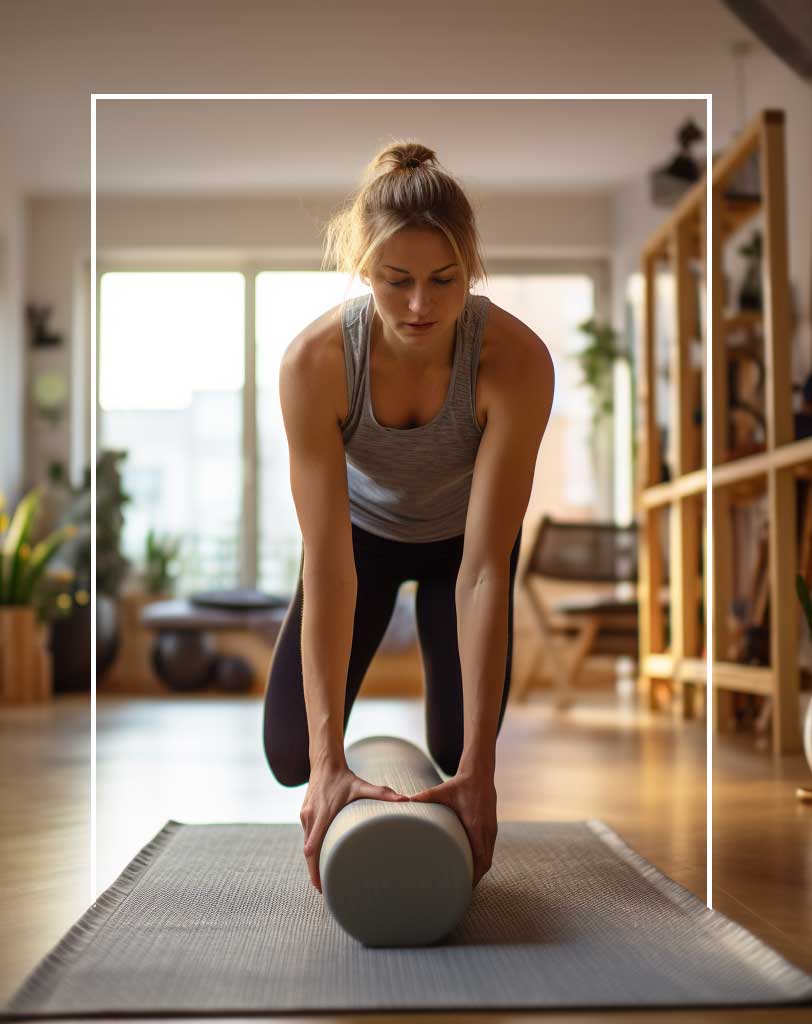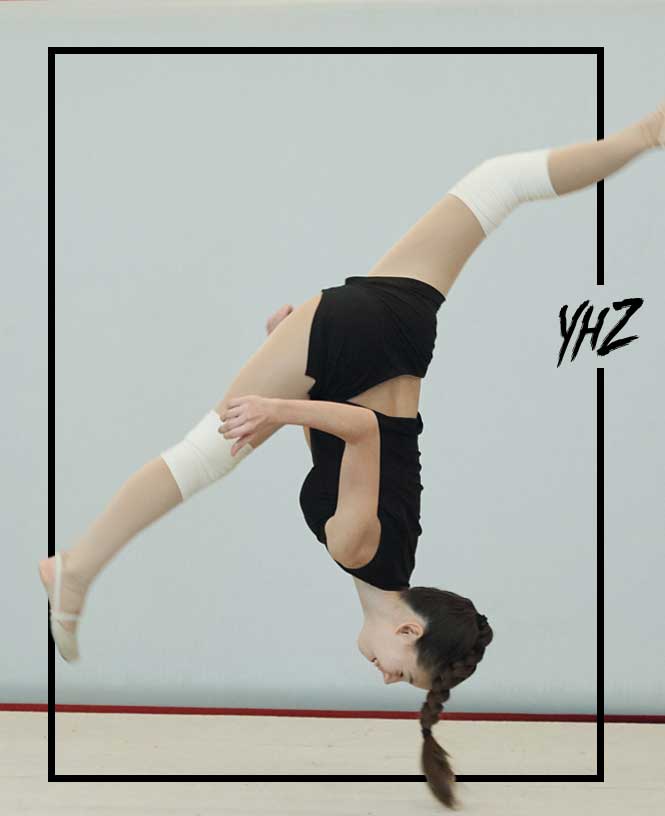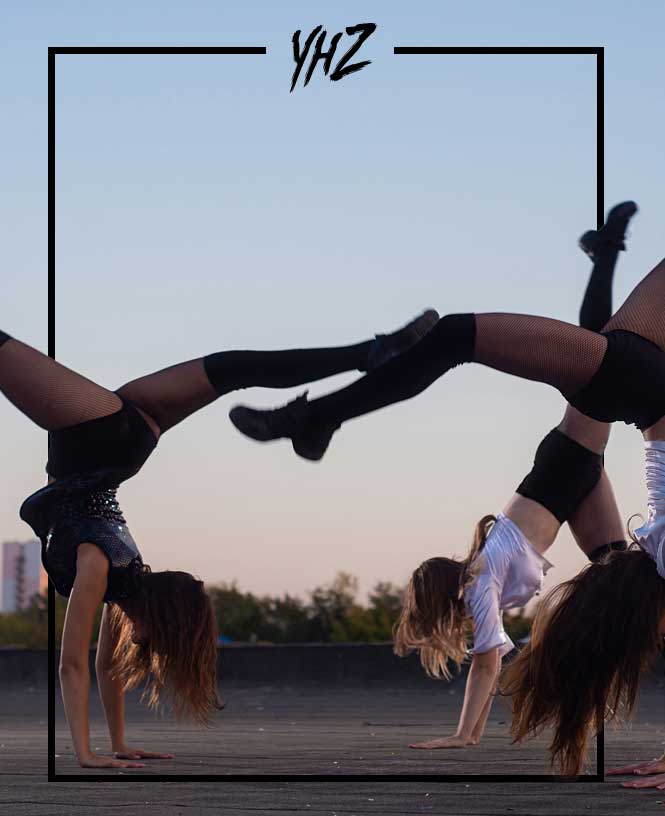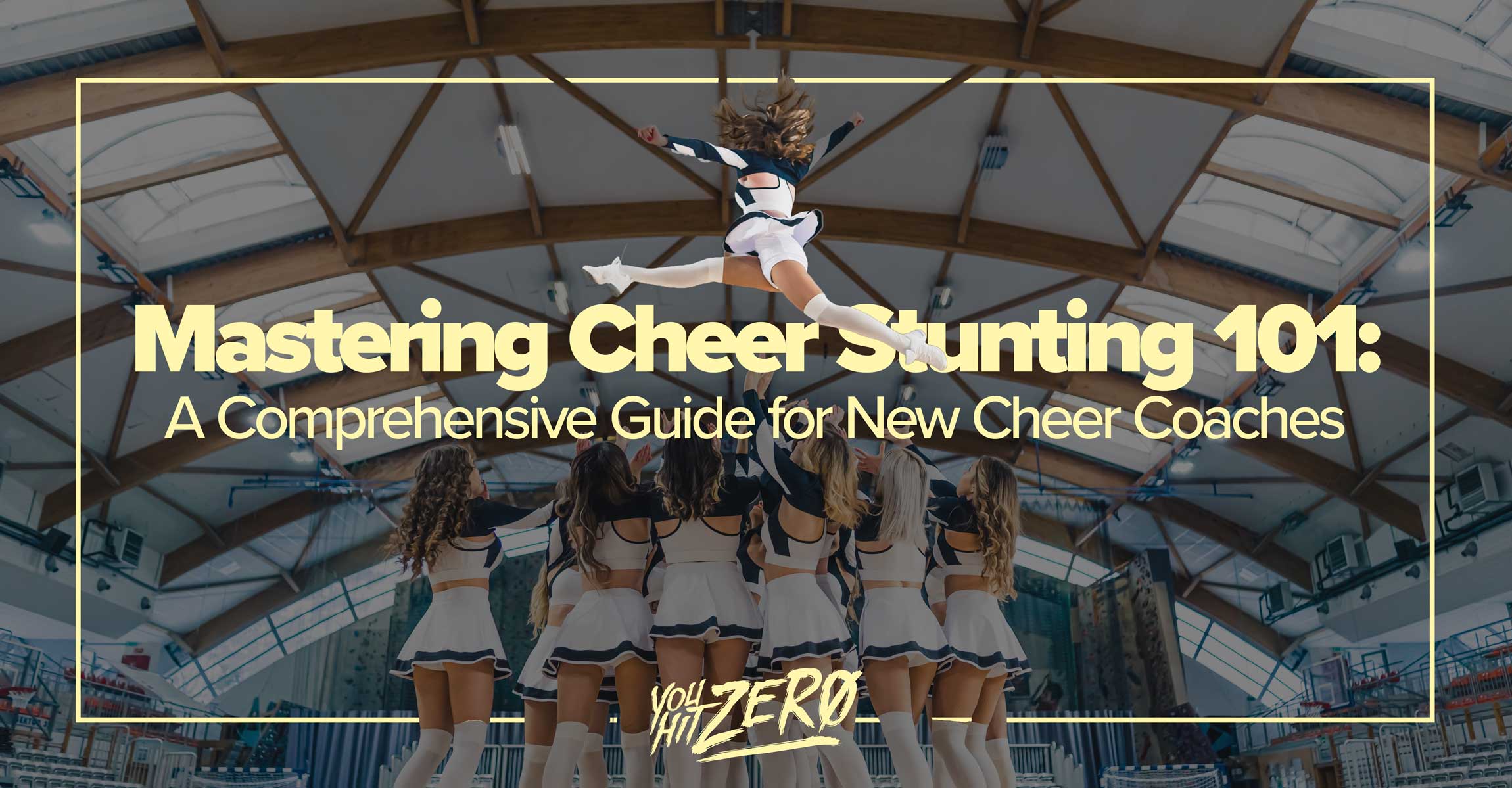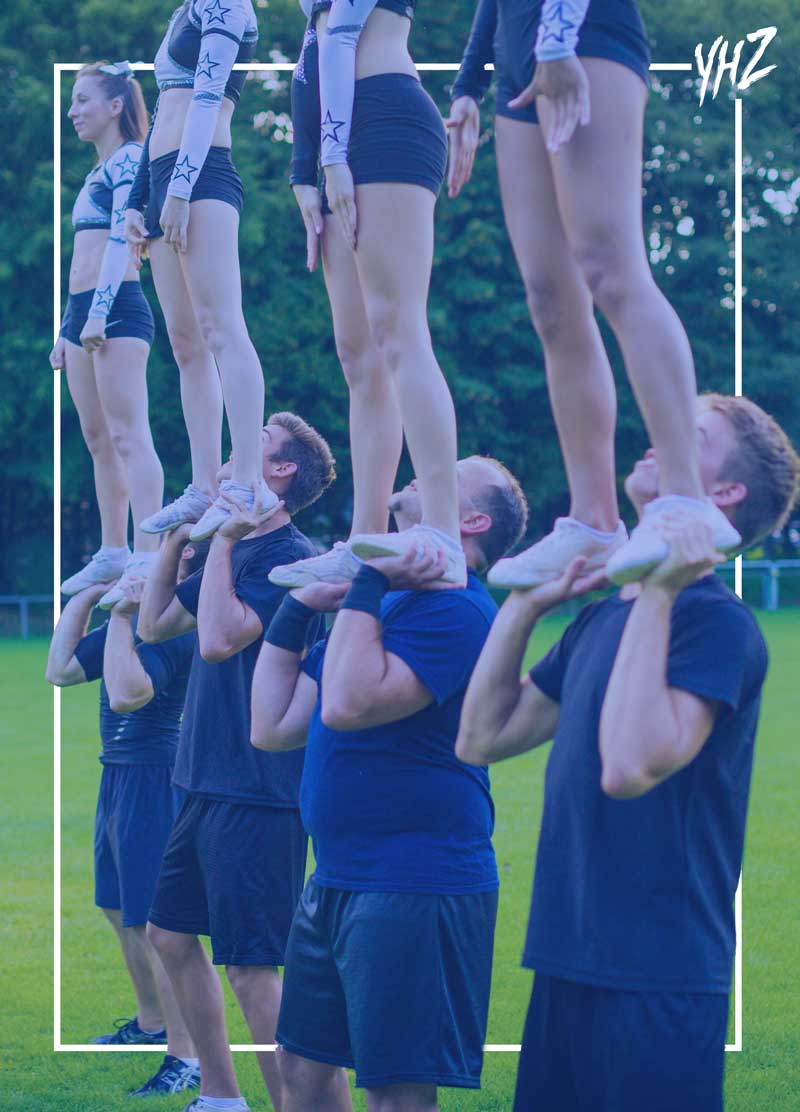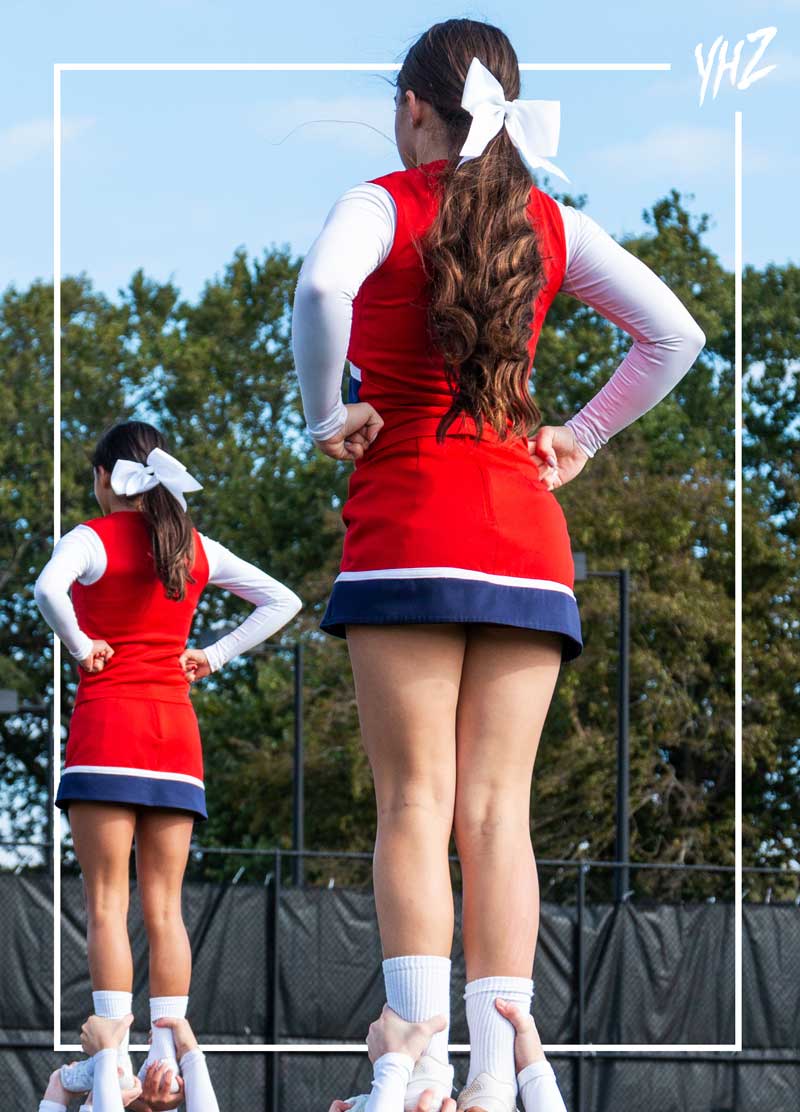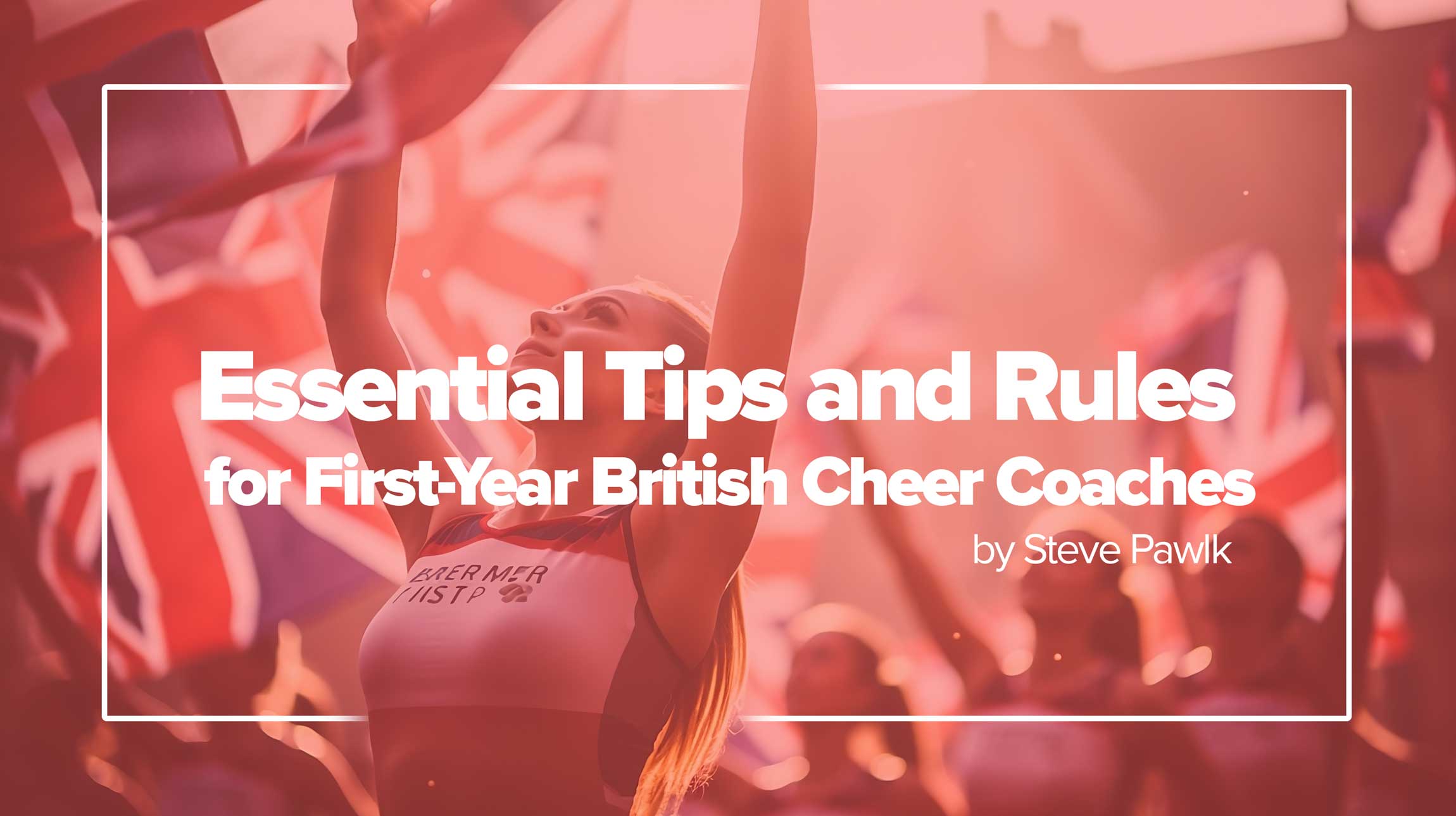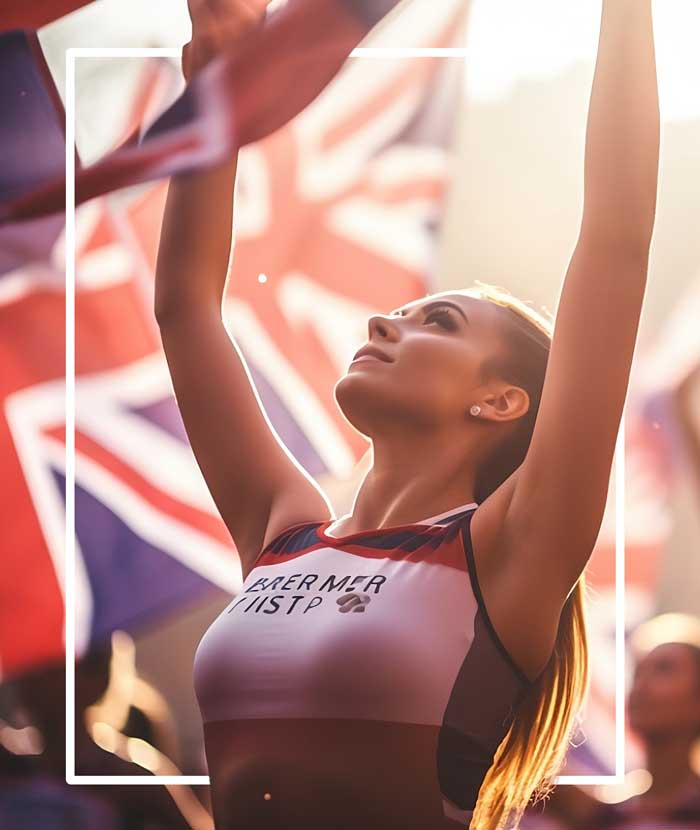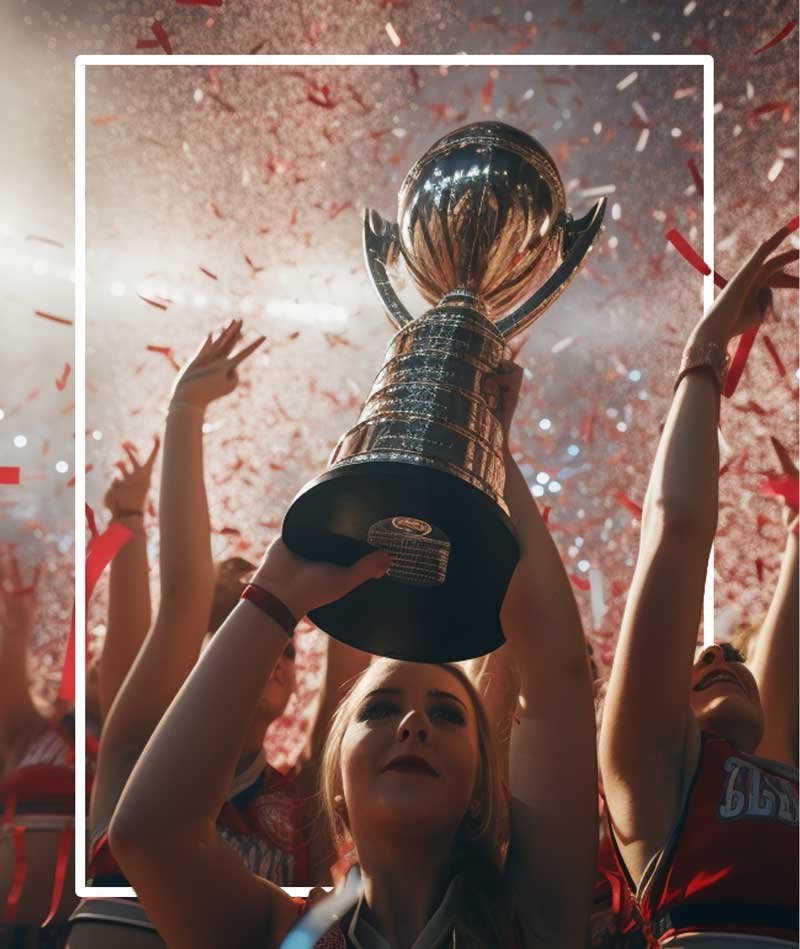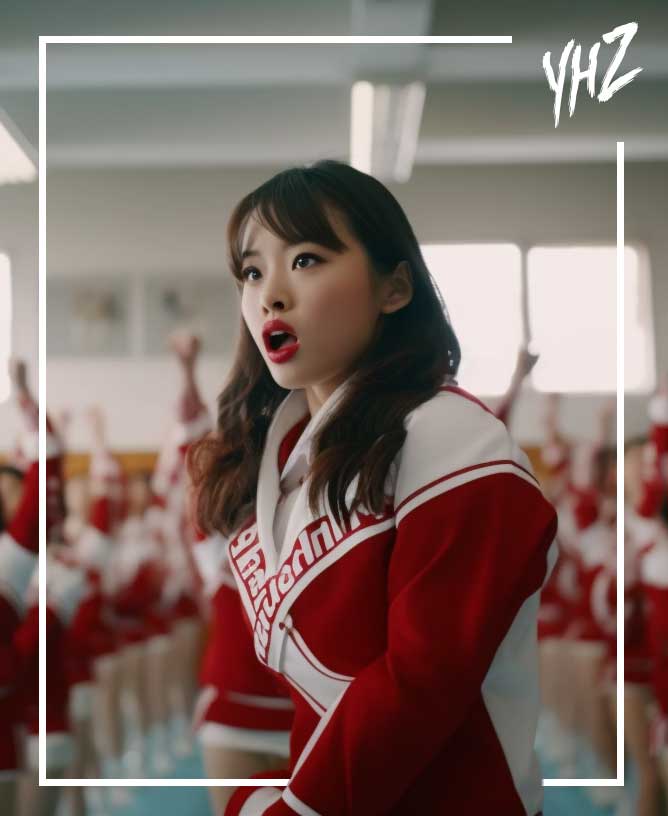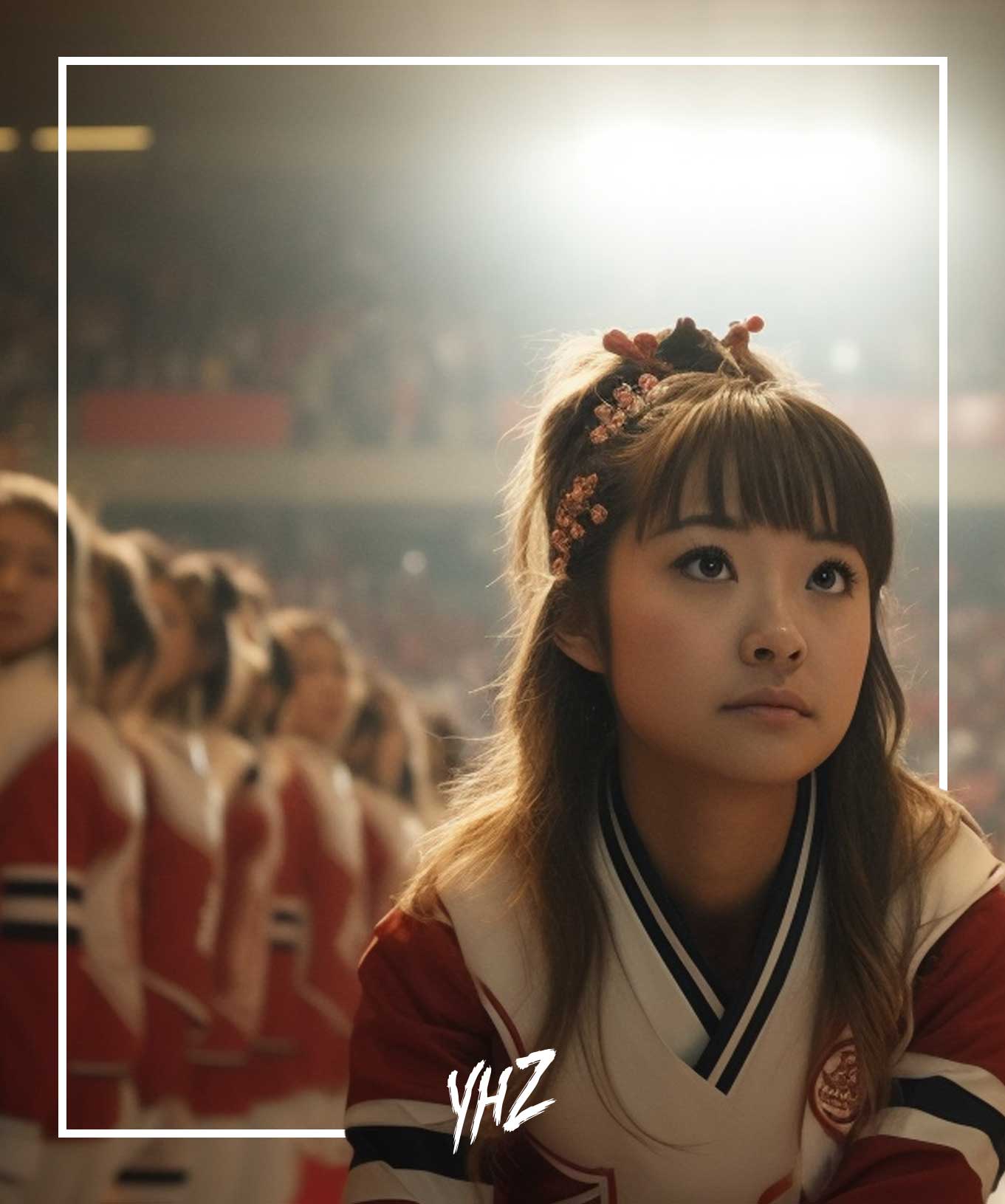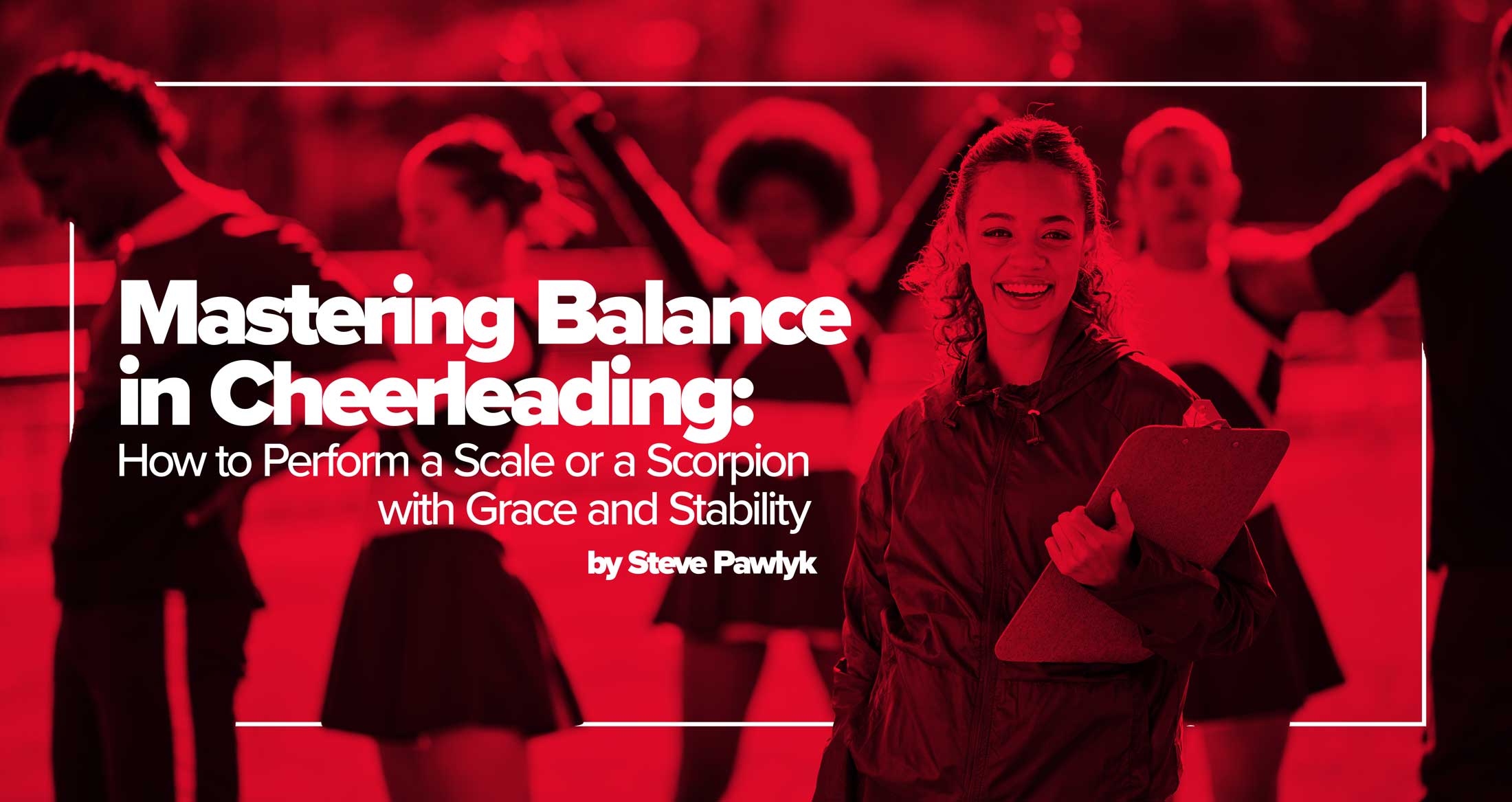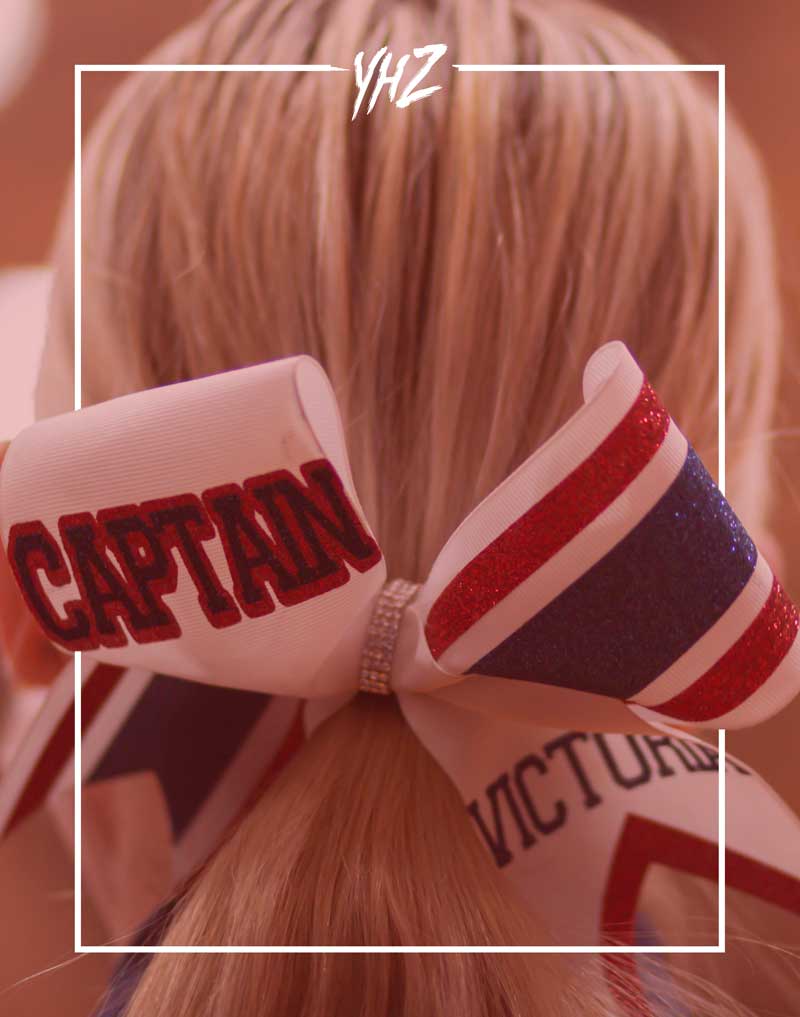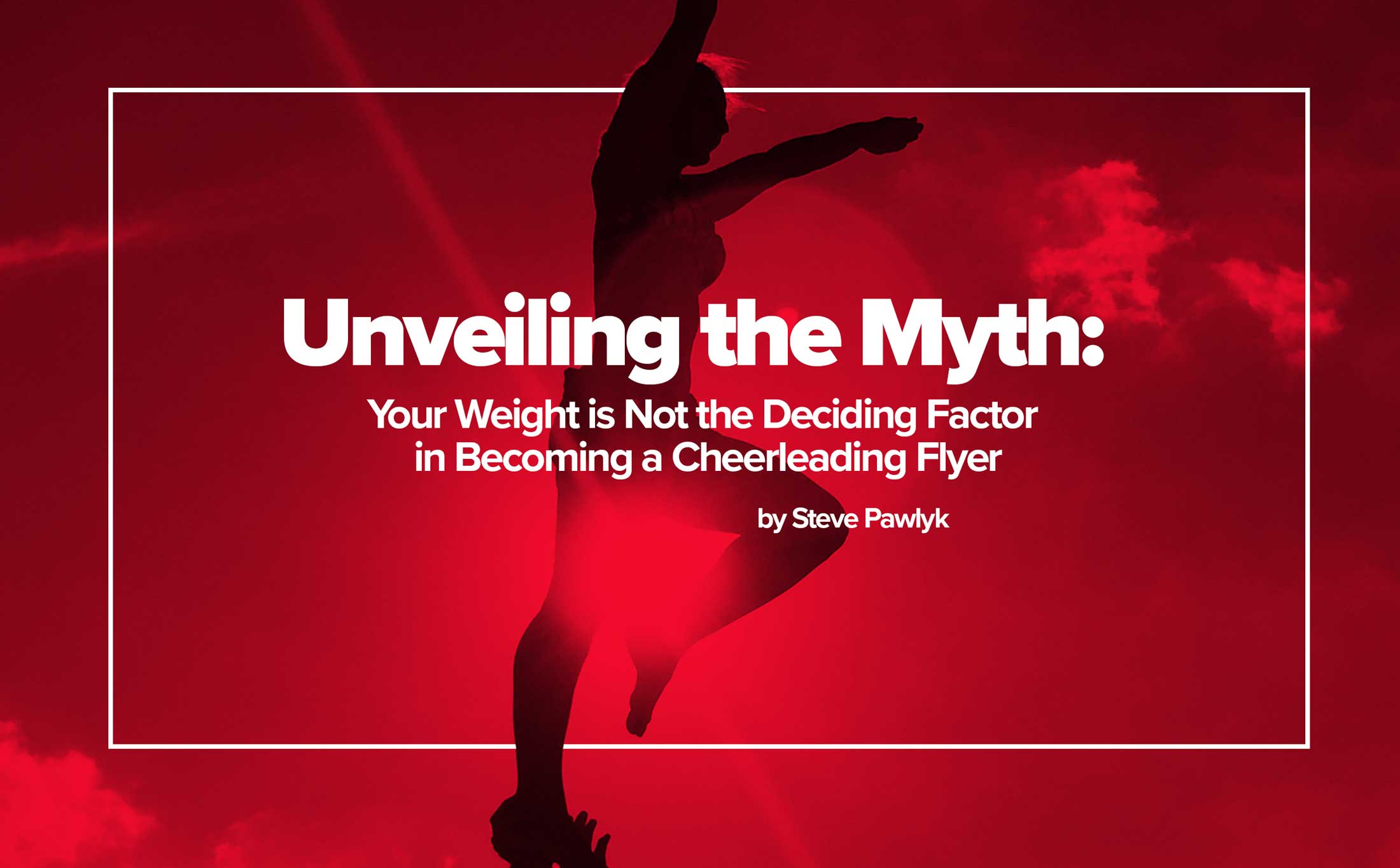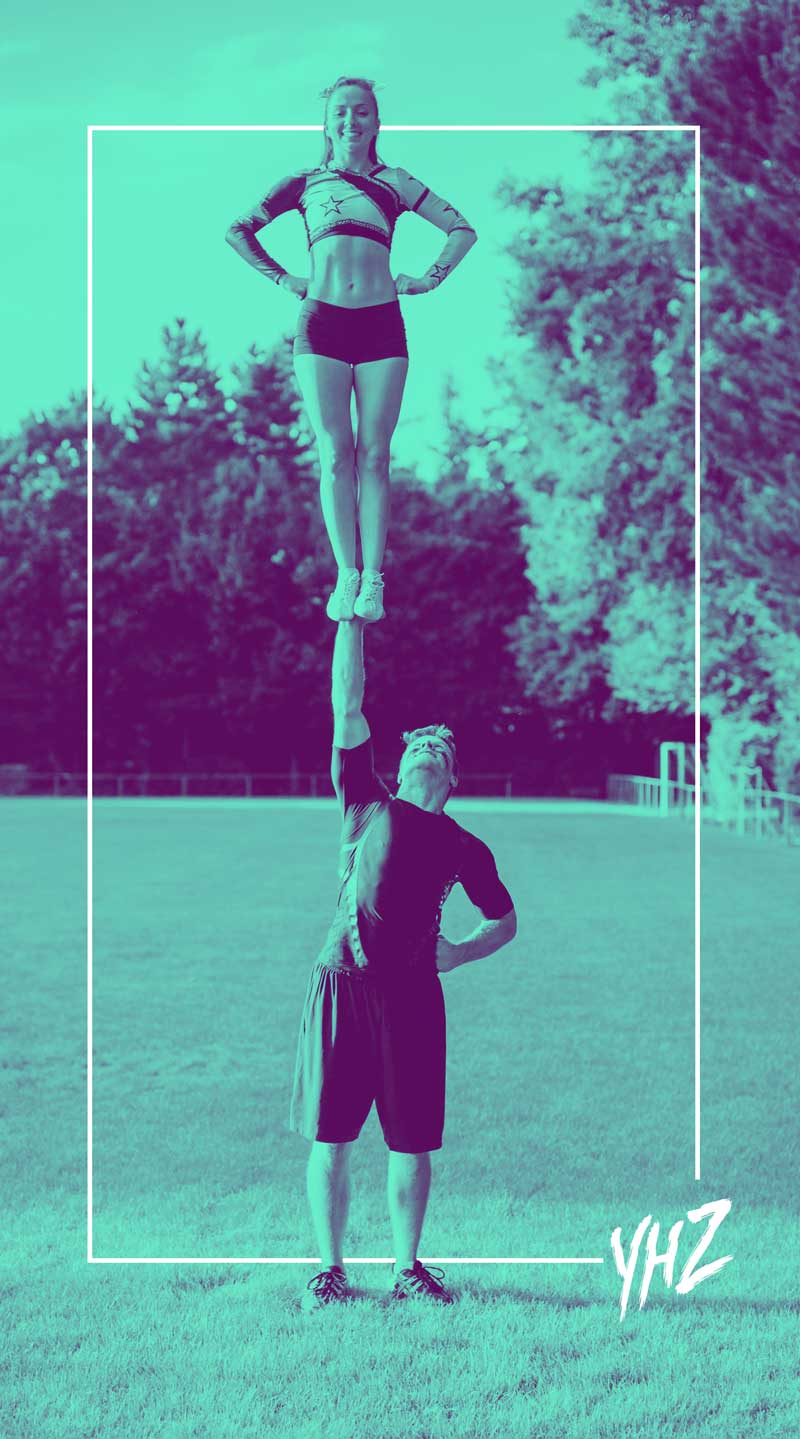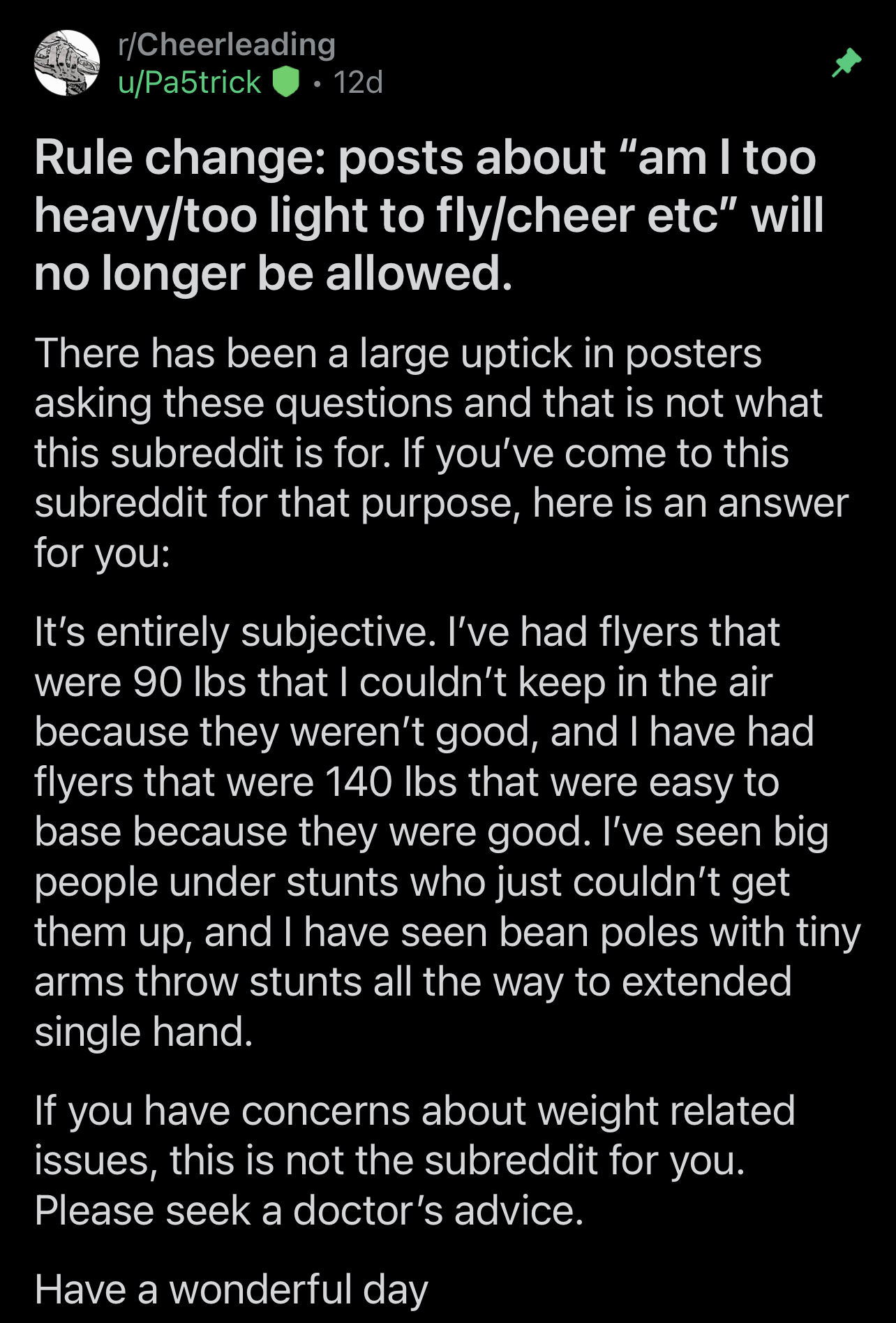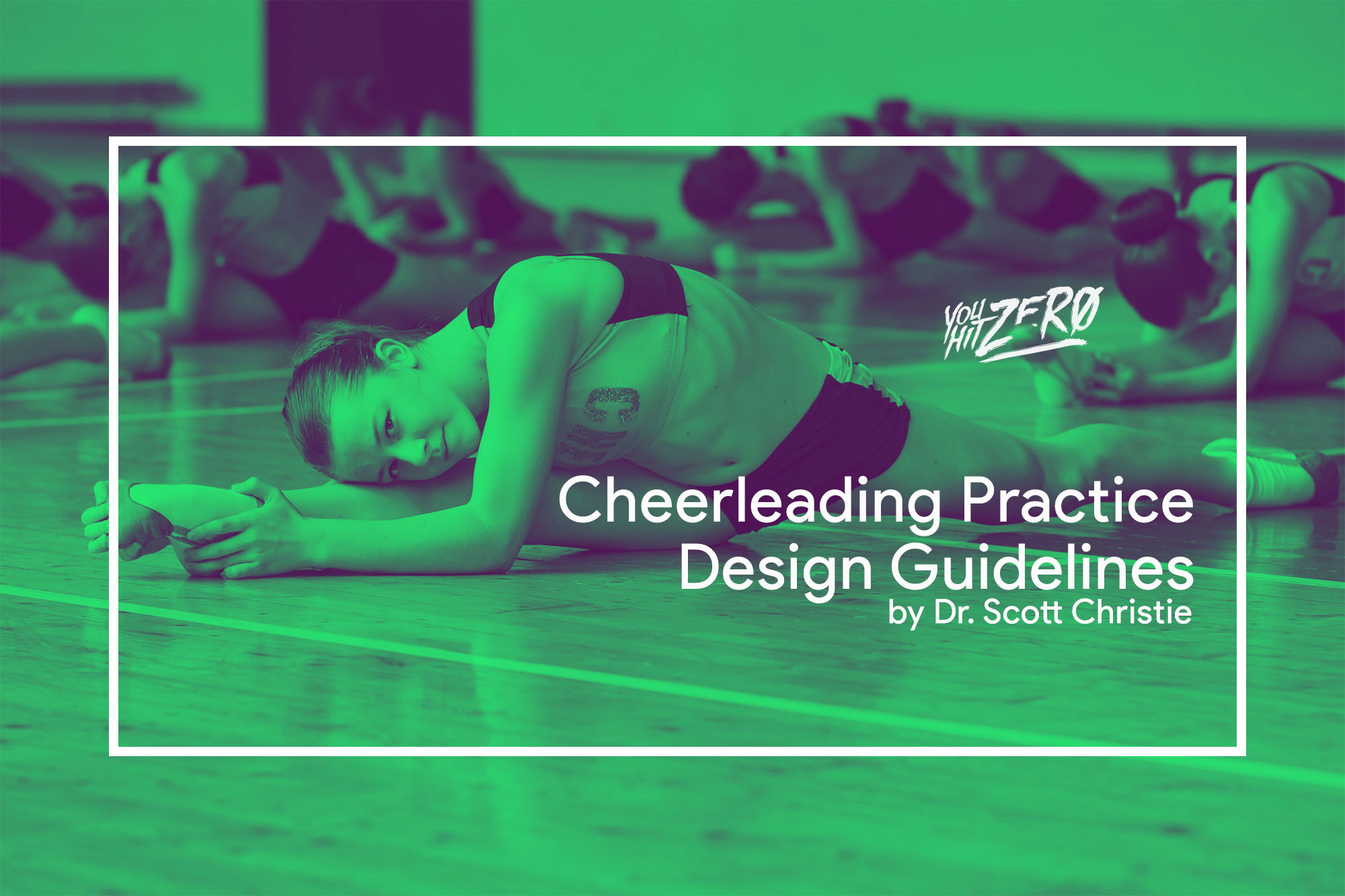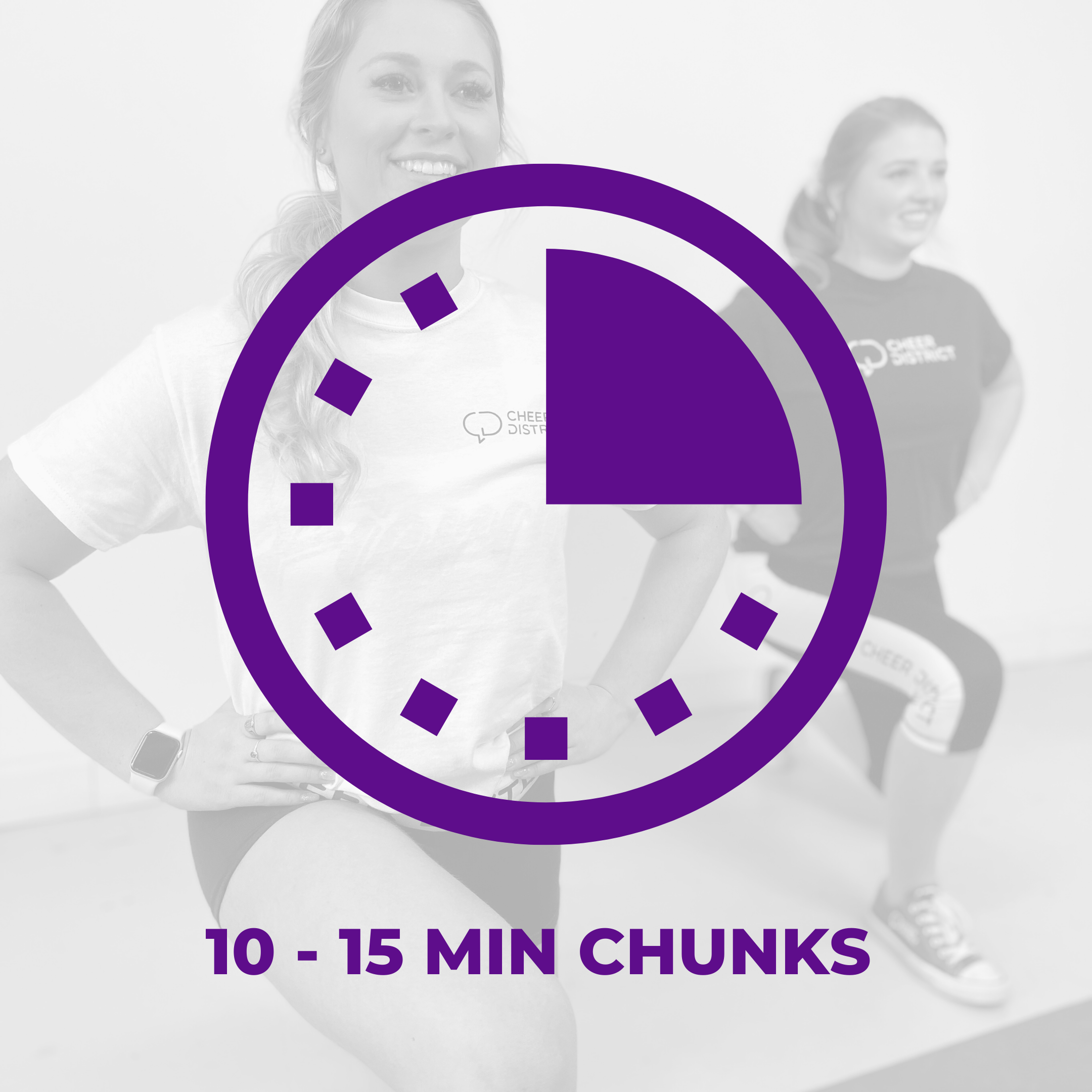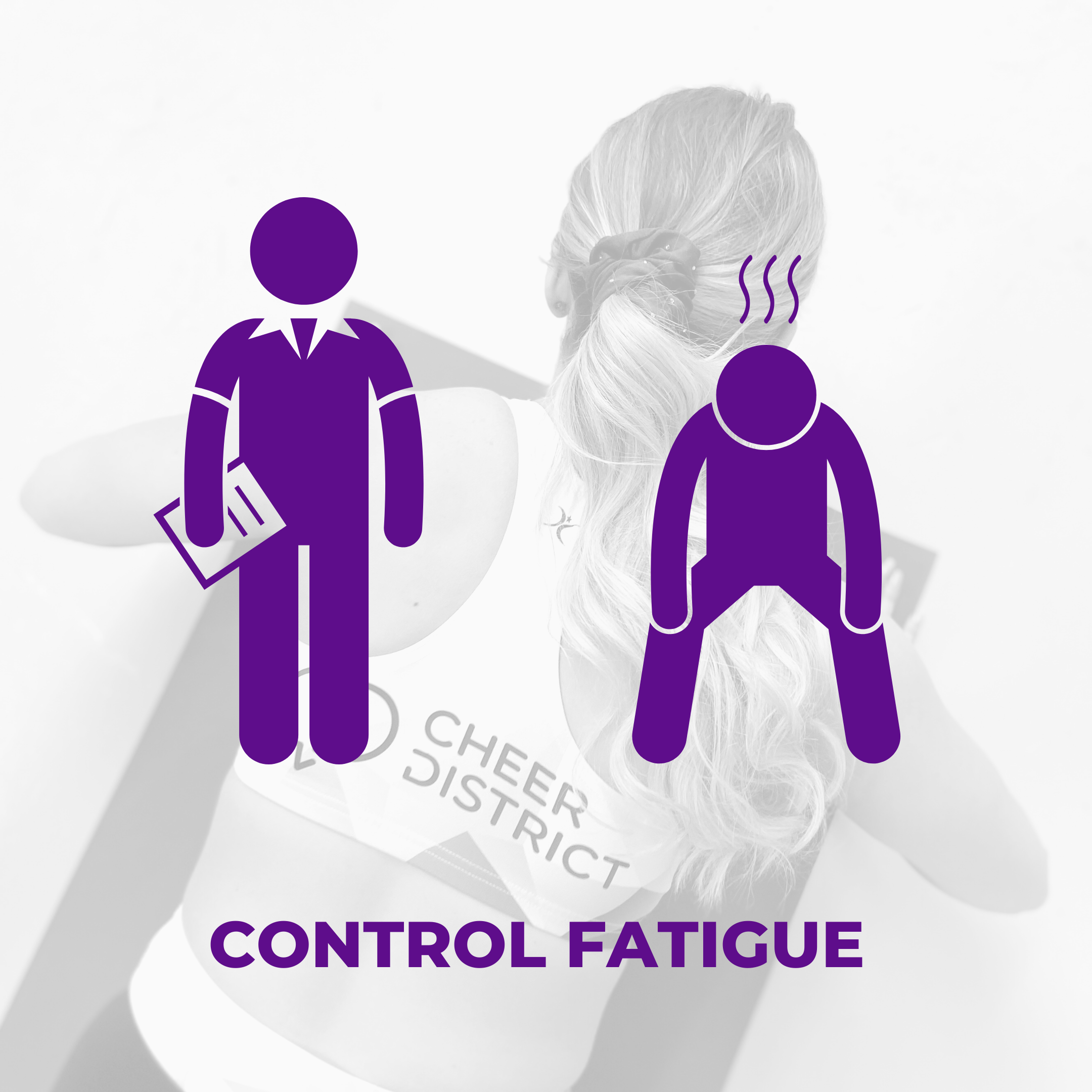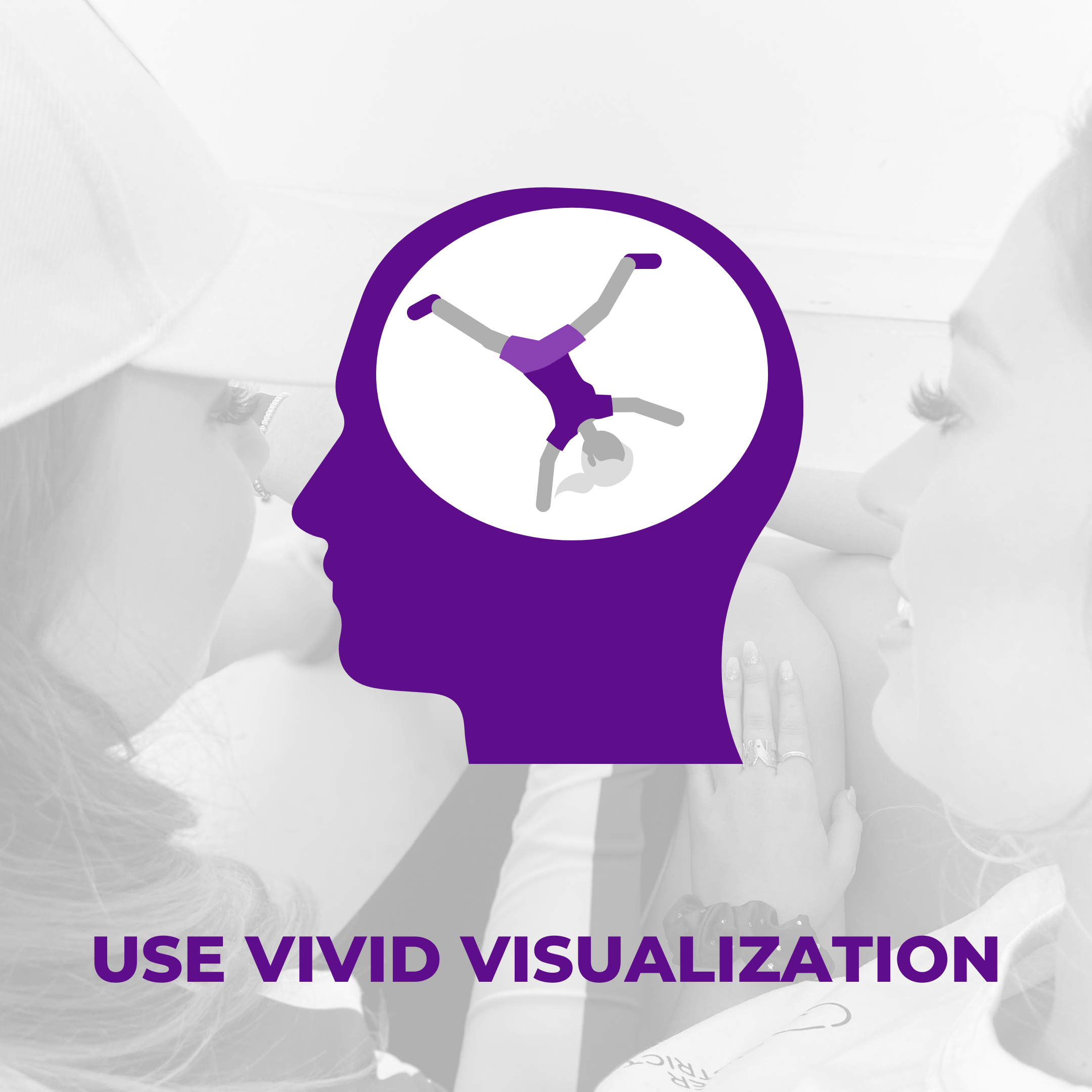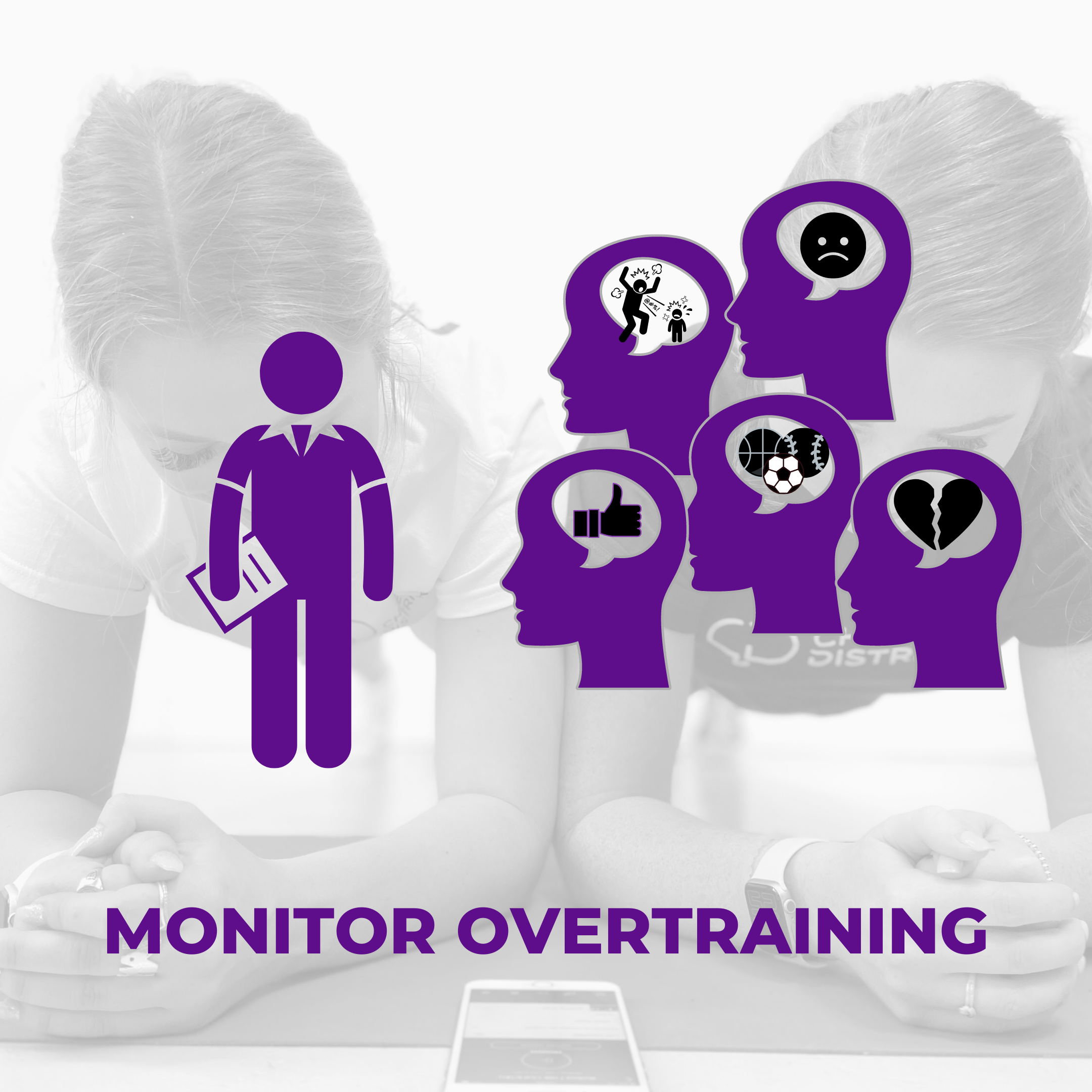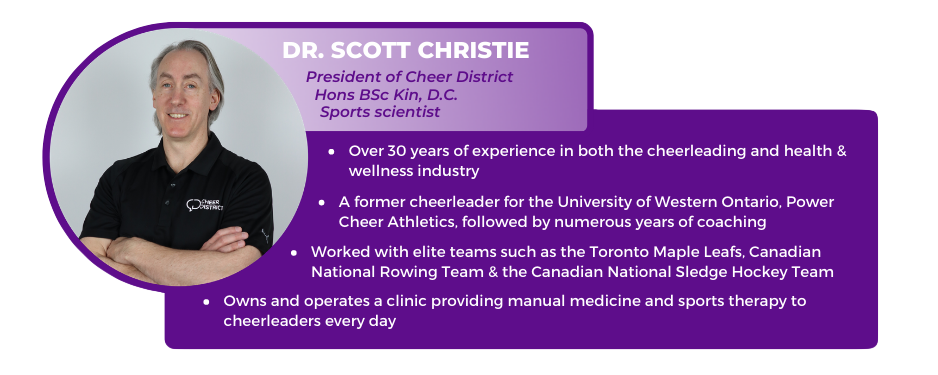By Steve Pawlyk
Published November 17, 2023
The captivating moment when a cheerleader is launched into the air during a stunt is the result of a precise application of physics principles between the base and the flyer. Understanding the mechanics behind this can vastly improve technique, safety, and performance. This article dives deep into the physics of the cheerleading throw and offers practical methods for coaches to enhance the training of their athletes.
The Fundamentals of Physics in Cheer Throws
Before delving into the training methods, it’s crucial to comprehend the basic physics at play. The throw involves concepts of force, energy, momentum, and angular momentum. Here, we’ll break down these principles and explain how they work in unison to execute a flawless lift.

Optimizing Force and Energy Transfer
The success of a throw hinges on the efficient transfer of energy from the base to the flyer. We will discuss how bases can optimize their application of force to maximize the height and stability of the throw, focusing on the timing, angle, and the explosive power needed.
The Technique Behind Momentum
Momentum is the product of mass and velocity and is conserved in the closed system of a base and flyer. Coaches can use drills to teach bases how to effectively transfer linear momentum to the flyer, ensuring a vertical lift that makes for an impressive stunt.
The spectacle of a cheerleader soaring gracefully through the air is a testament to the strength, timing, and precision cultivated through rigorous training. Strength and conditioning, drill repetition, and the correct application of force are the pillars of an effective cheer throw. This article will expand on these components to provide a comprehensive guide for cheerleading coaches aiming to refine the explosive power and synchronicity of their squad’s lifts.
Building a Foundation with Strength and Conditioning
The prowess of a cheerleading base begins with a robust foundation of physical strength, particularly in the legs and core. This is crucial for two reasons: it provides the power needed for a strong lift-off and ensures the stability required to support and control the throw. Here are key exercises to incorporate into a cheerleader’s regimen:
- Squats and Deadlifts: These compound movements are excellent for building leg strength. They mimic the lifting action of a cheer throw, engaging the quadriceps, hamstrings, and gluteal muscles.
- Plyometrics: Exercises like box jumps and jump squats train fast-twitch muscle fibers, essential for the explosive power needed in a lift-off.
- Core Workouts: Planks, Russian twists, and hanging leg raises build the core stability that bases need to maintain balance and control during a throw.
Perfecting the Art through Drill Repetition
Drill repetition is about creating muscle memory so that each movement becomes second nature, allowing for flawless execution during the high pressure of performances. Repetitive practice drills that focus on timing and coordination are vital:
- Simulated Throws: Practice the motion of throws without the flyer to perfect the base’s technique and build endurance.
- Timing Drills: Use metronomes or music to cue bases on when to initiate and release the throw, training them to act in unison.
- Coordination Exercises: Group exercises where bases lift objects in sync can improve the collective coordination needed for synchronized throws.
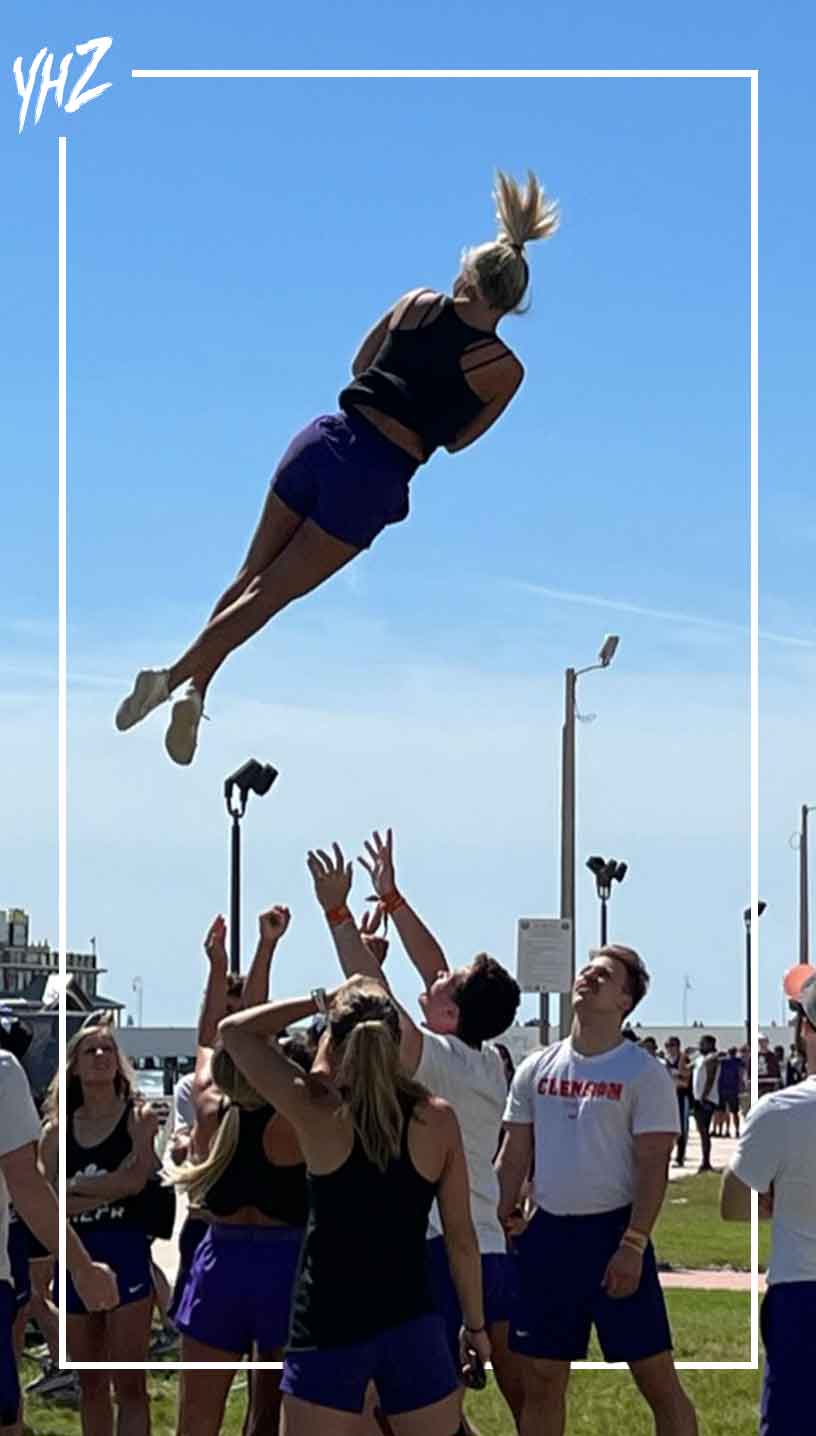
The Science of Force Application
Teaching bases how to uniformly and directionally apply force can make the difference between a mediocre and a spectacular stunt. The uniform application of force ensures the flyer’s safety and the stunt’s success. Here are strategies to enhance this skill:
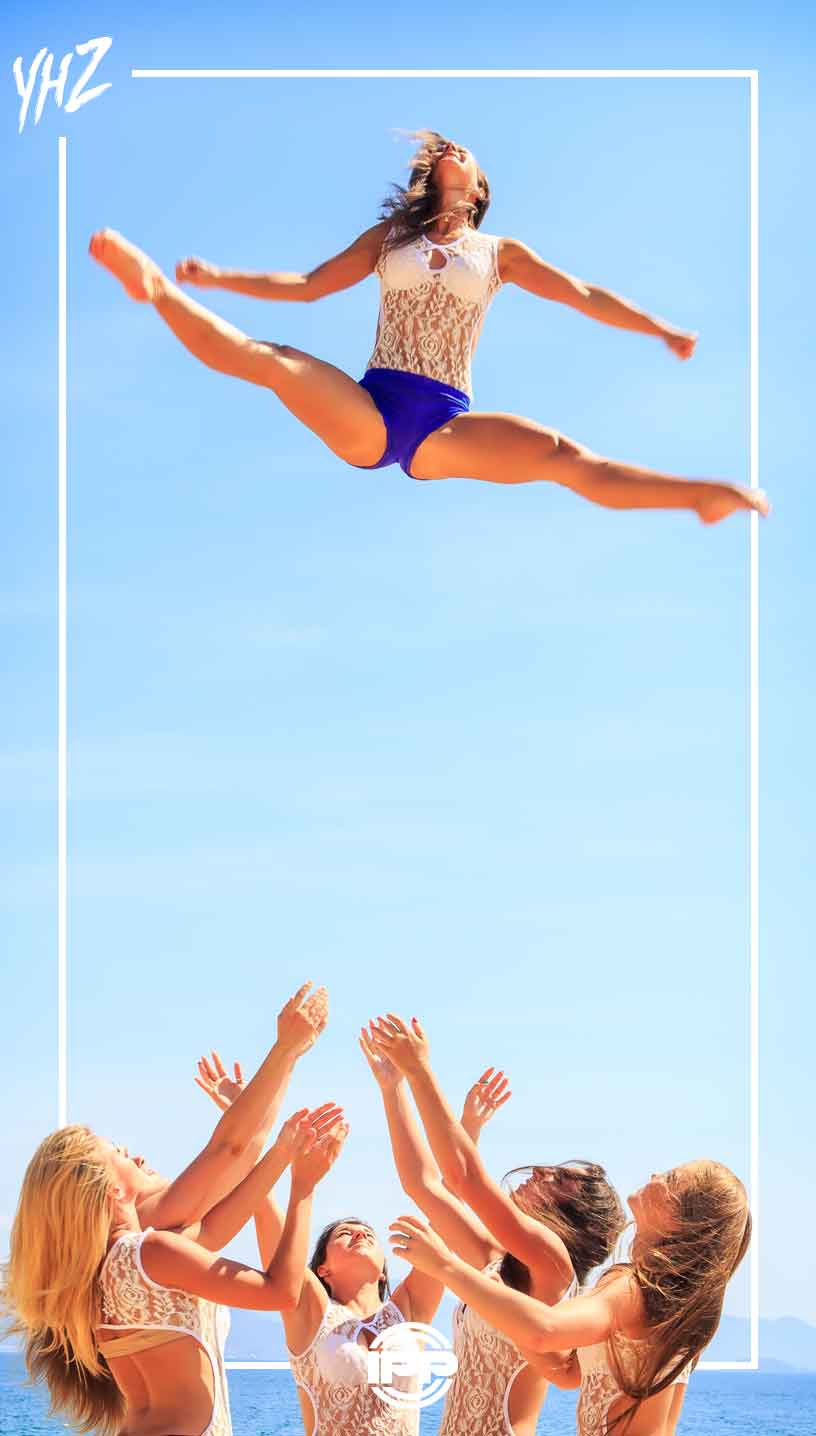
- Directional Drills: Use targeted exercises to train bases on applying force in a consistent direction, which is often vertical for maximum height.
- Resistance Training: Implement resistance bands or light weights to simulate the resistance a base feels when lifting a flyer.
- Consistent Practice with Flyers: There’s no substitute for the real thing. Regular practice with flyers allows bases to adjust their force application in real-time, attuning to the flyer’s weight and movement dynamics.
Integrating Training into Routine Workouts
Incorporating these elements into a routine workout can lead to significant improvements:
- Circuit Training: Create a circuit that includes leg and core strength exercises, plyometrics, and drill repetitions for a comprehensive workout.
- Progressive Overload: Gradually increase the intensity and complexity of exercises to continuously challenge the athletes and promote strength gains.
- Recovery and Mobility: Incorporate adequate rest and mobility work to prevent injury and ensure that athletes can perform movements with full range of motion.
Safety First: Ensuring a Secure Practice Environment
No discussion of cheerleading technique would be complete without a strong emphasis on safety. This section will cover the essential safety measures coaches must enforce, from proper spotting to ensuring that all stunts are practiced with mats and in a suitable environment.
Cheerleading throws are a complex blend of artistry and physics. By applying these principles in a structured training regimen, coaches can elevate their athletes’ performance and safety. This article serves as a guide to the scientific and practical aspects of cheerleading throws, providing coaches with the knowledge and tools to refine their team’s stunts to perfection.
IPP's Premade Mixes are USA Cheer Compliant and customizable! Add Sound FX, swap songs, & more! Add your Team Name to the mix for only $10!



